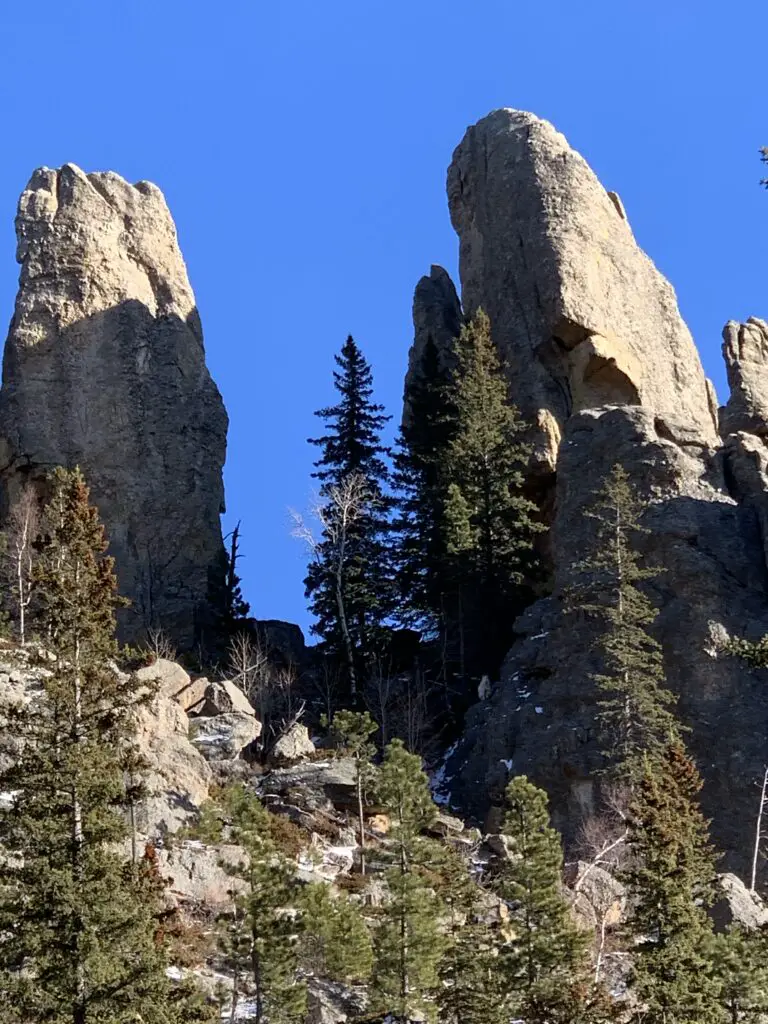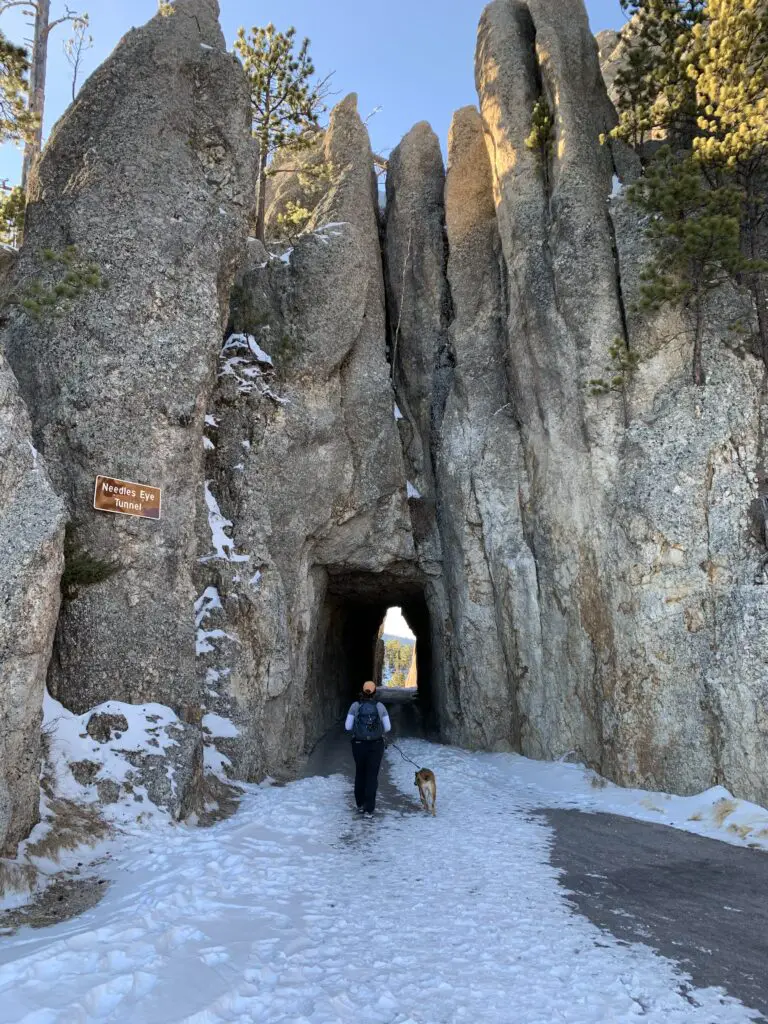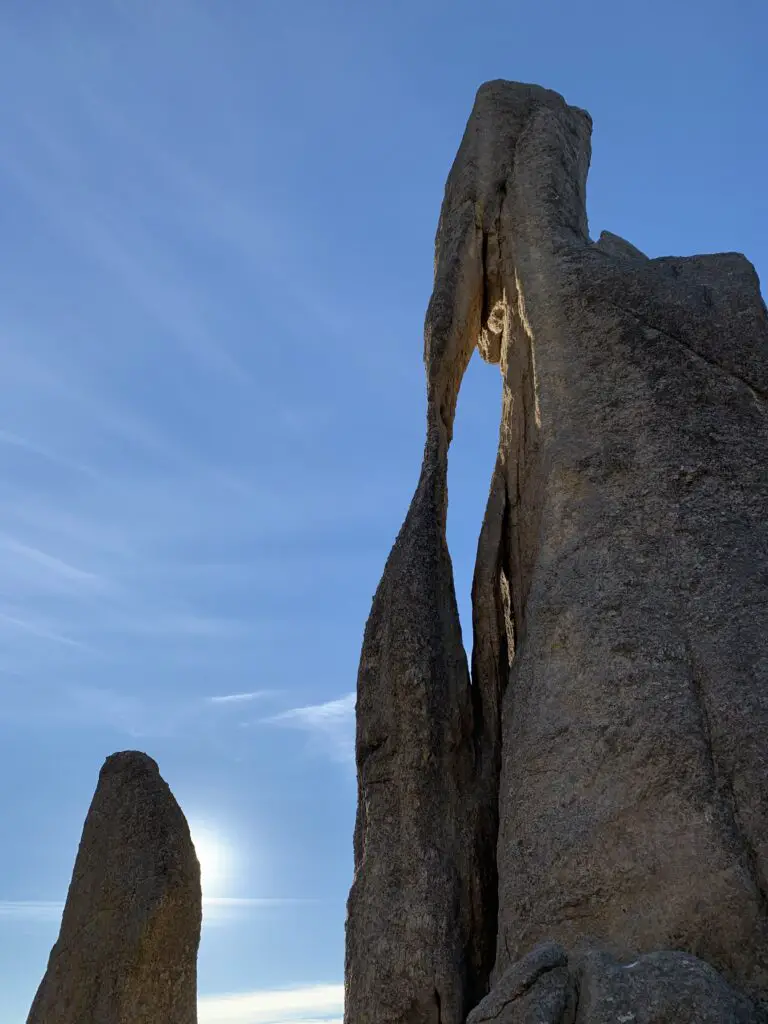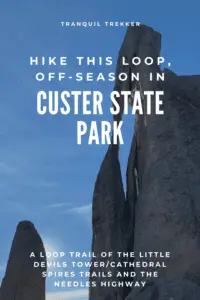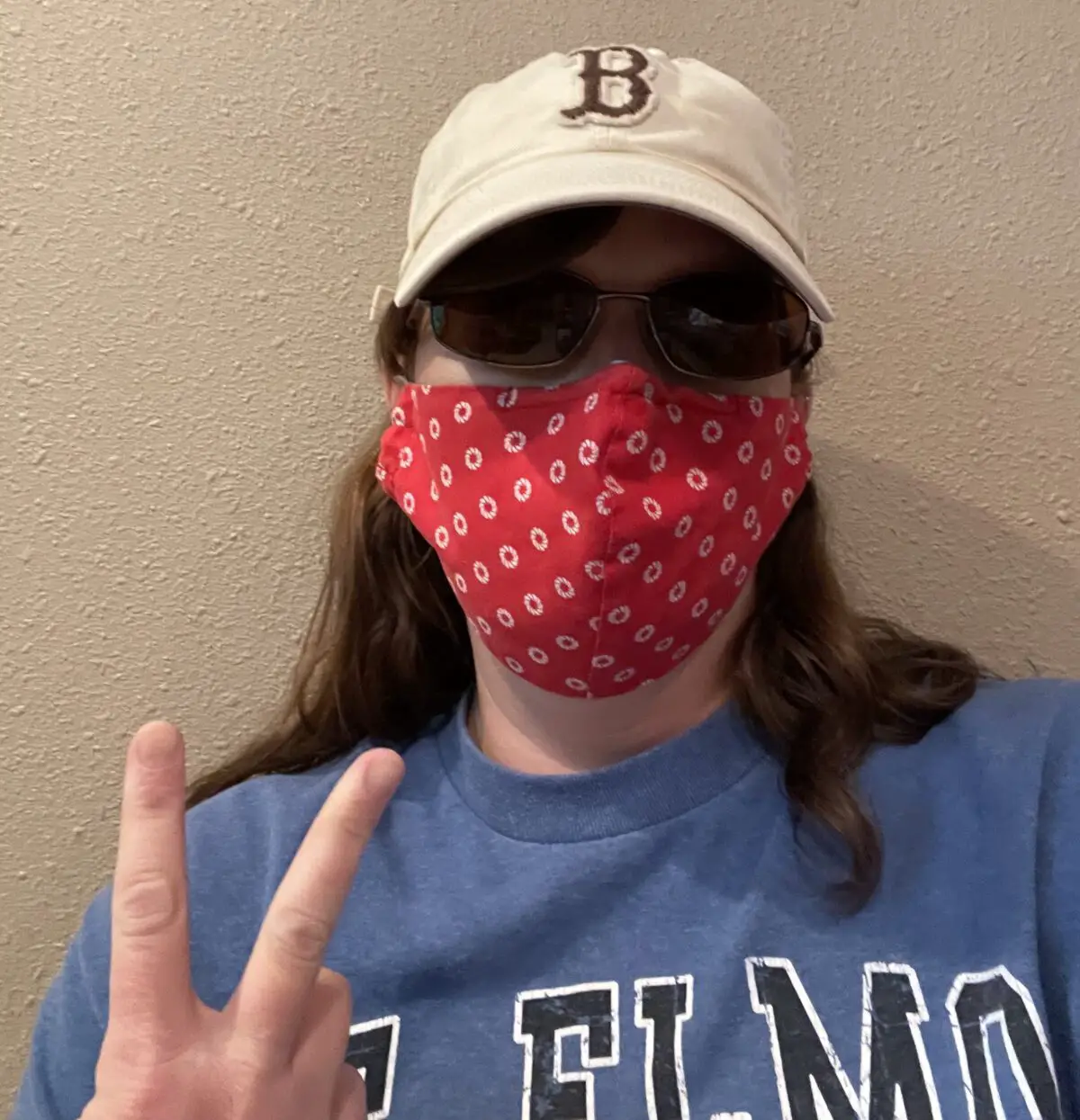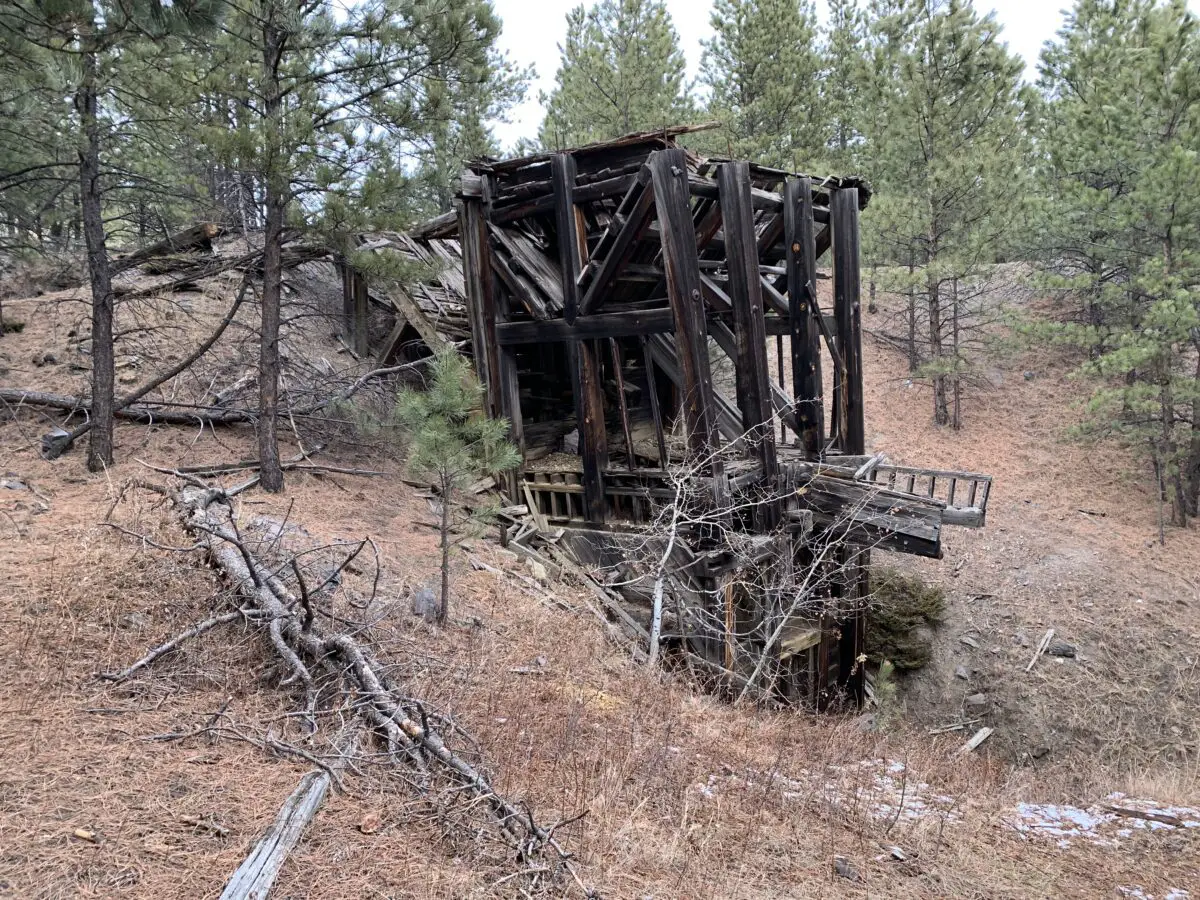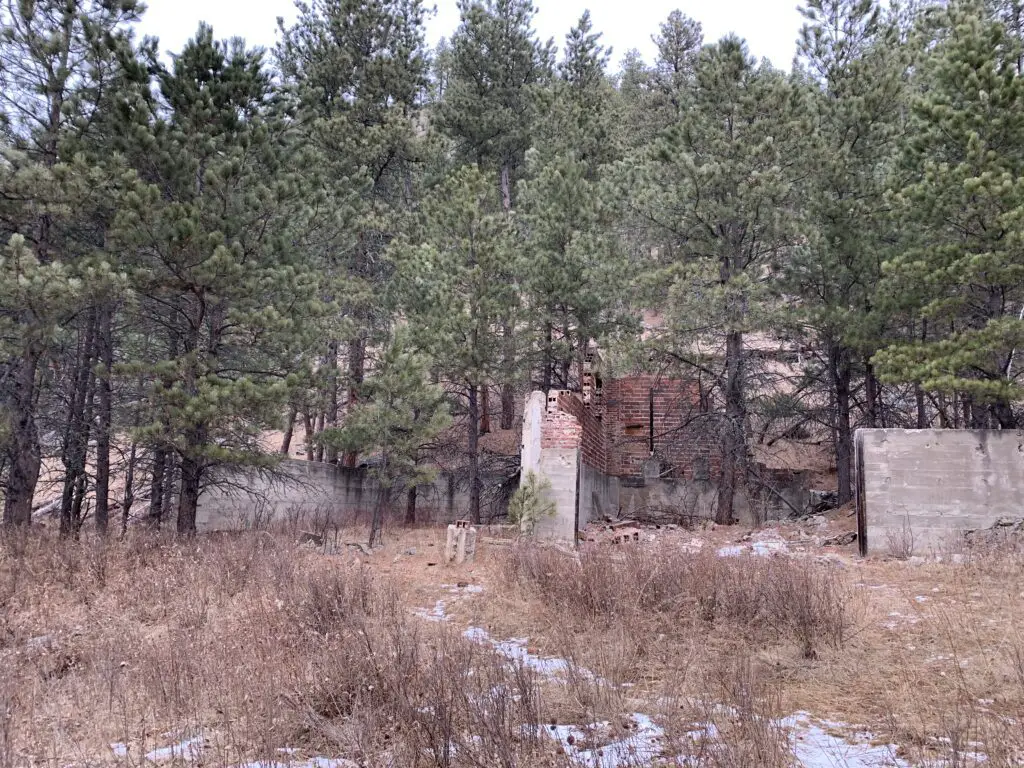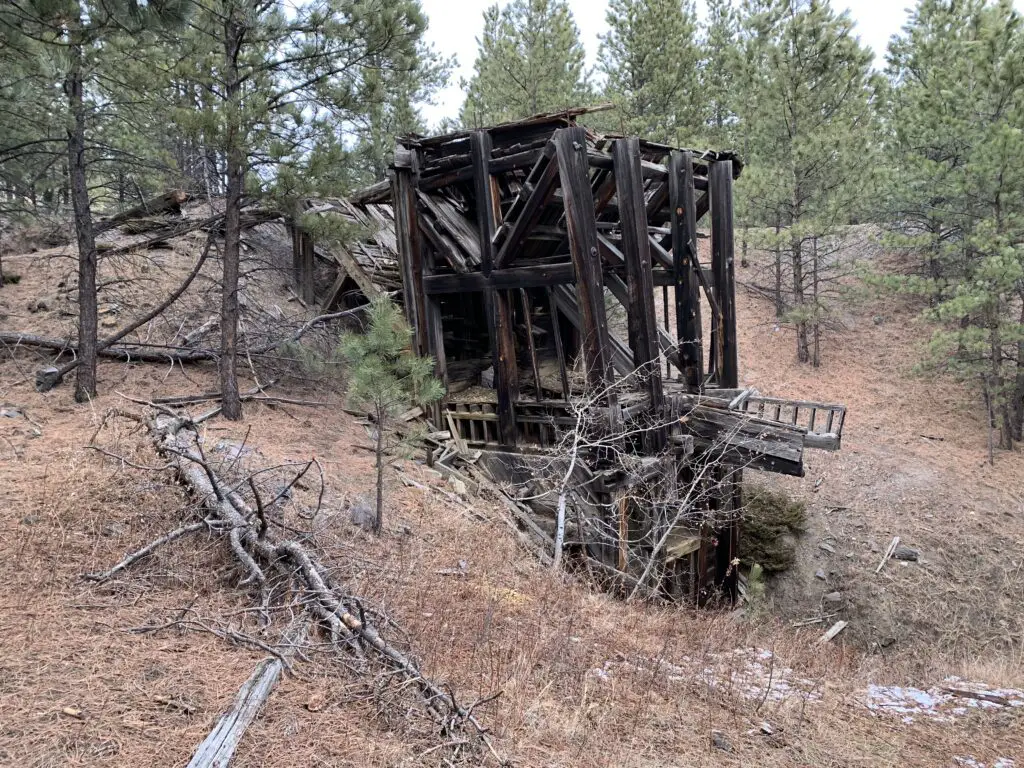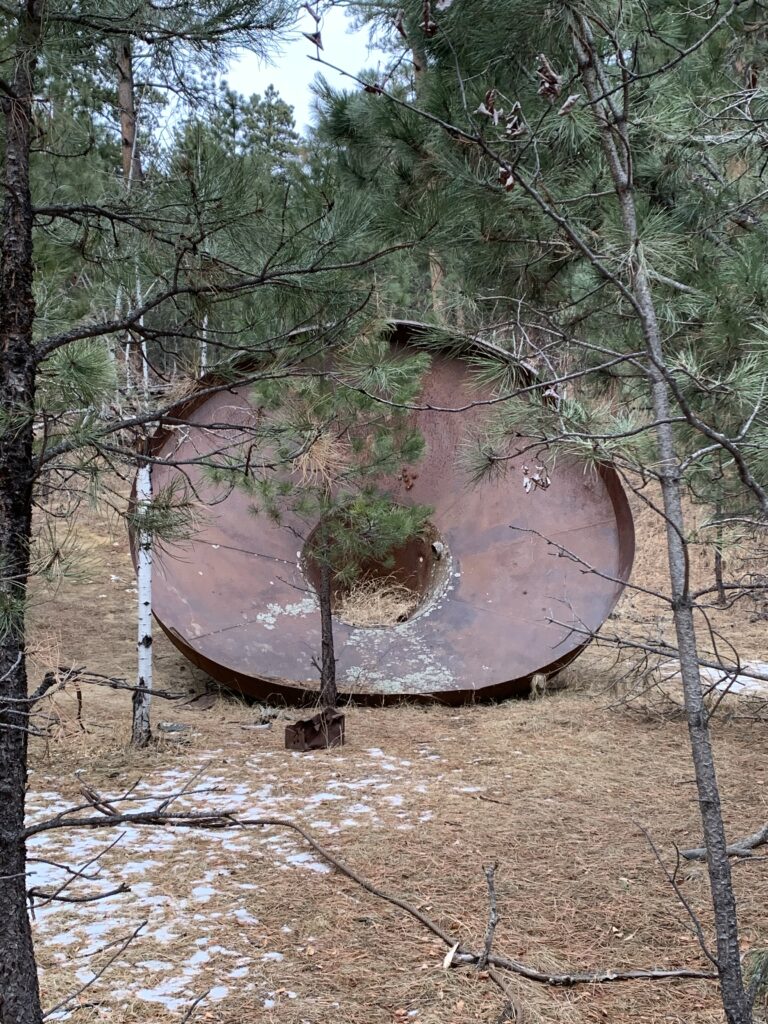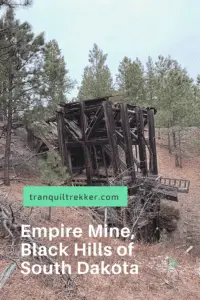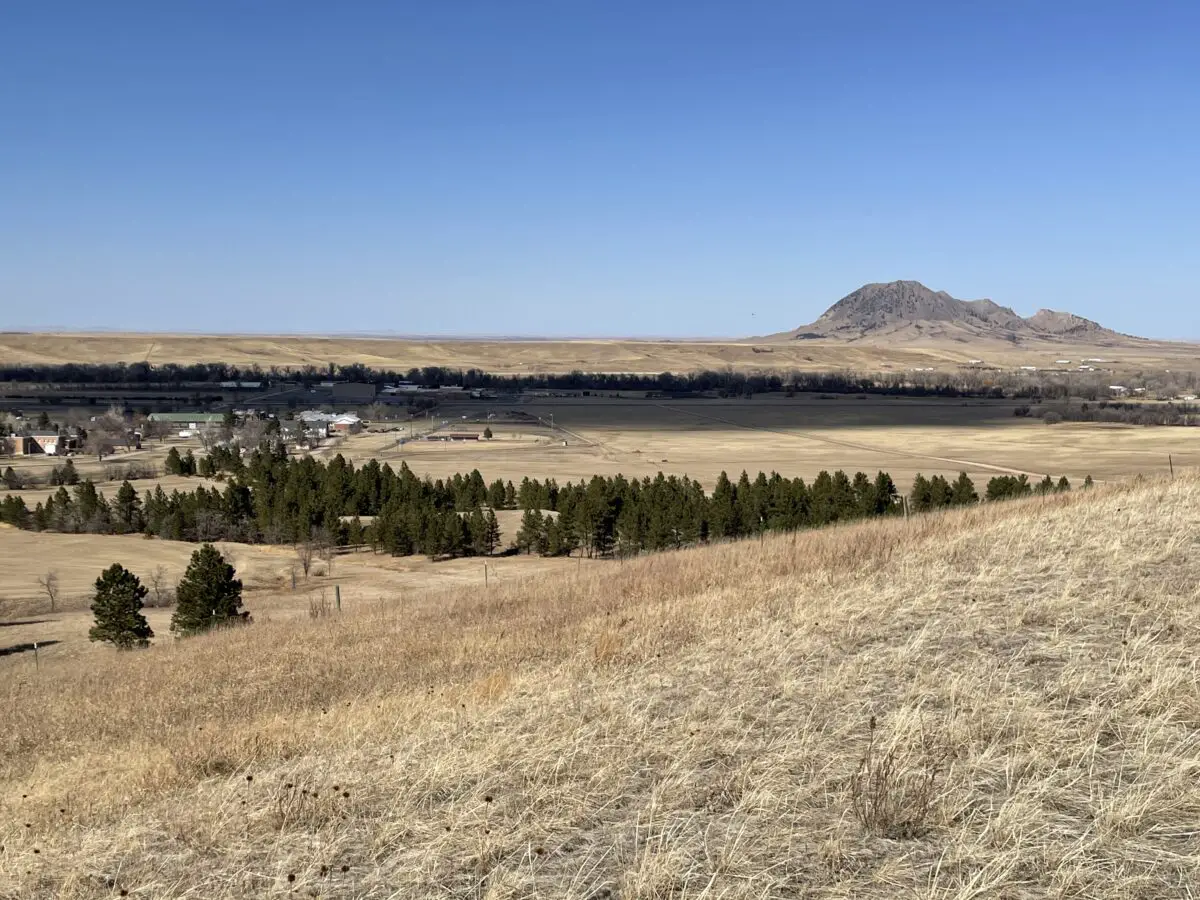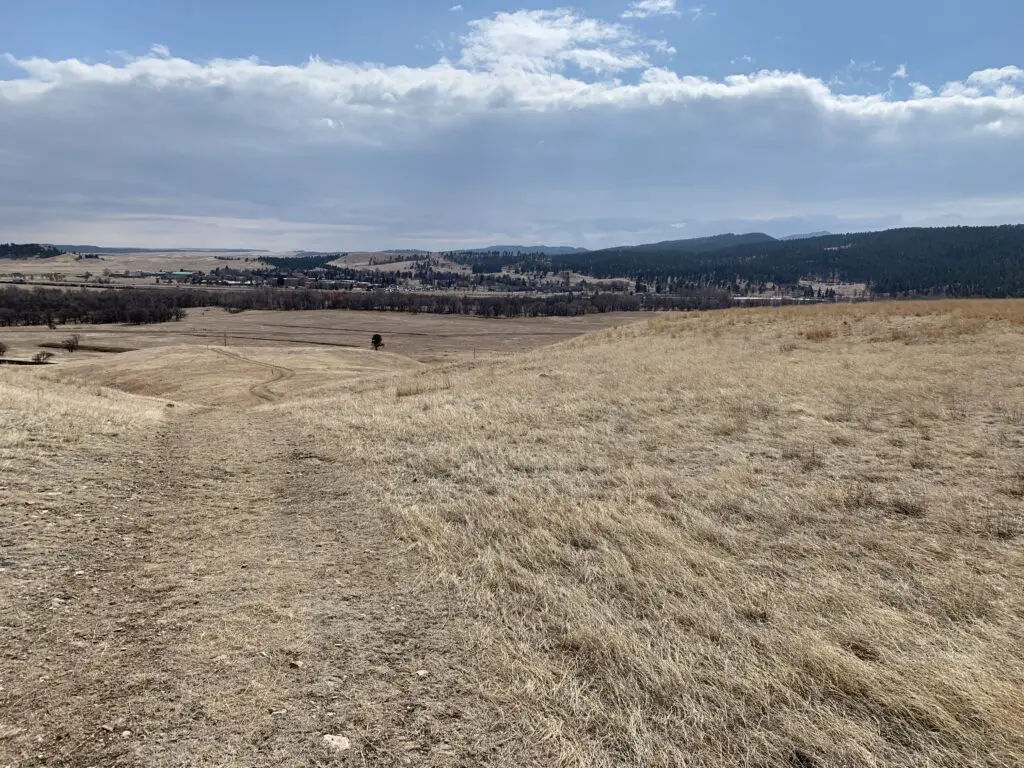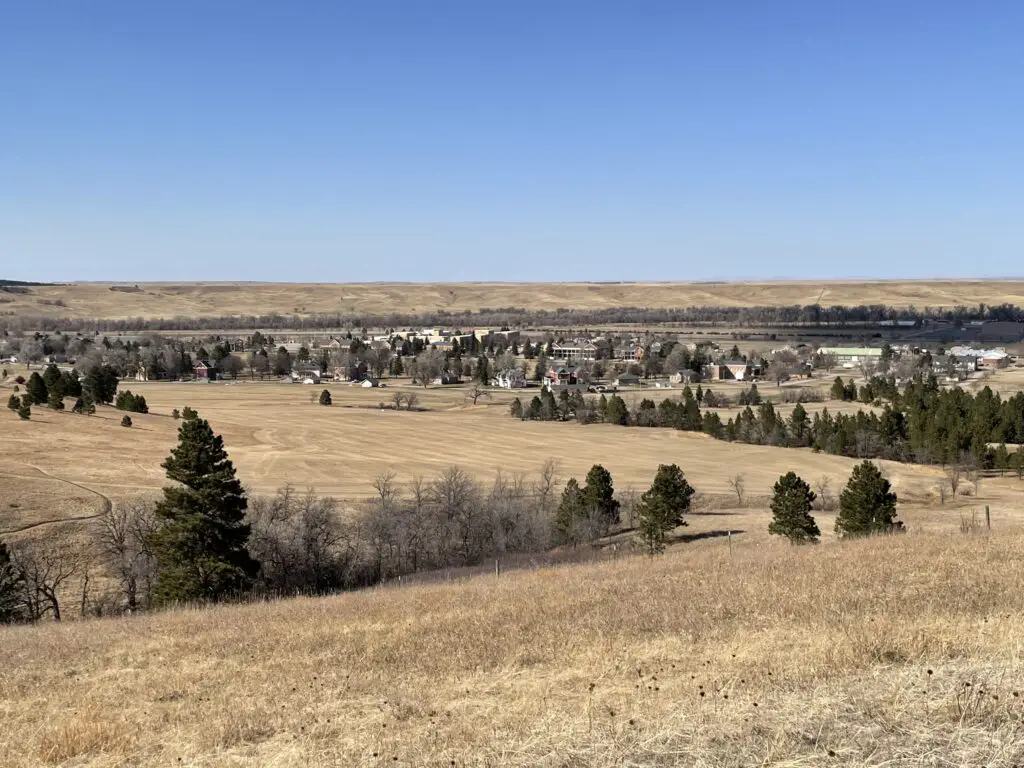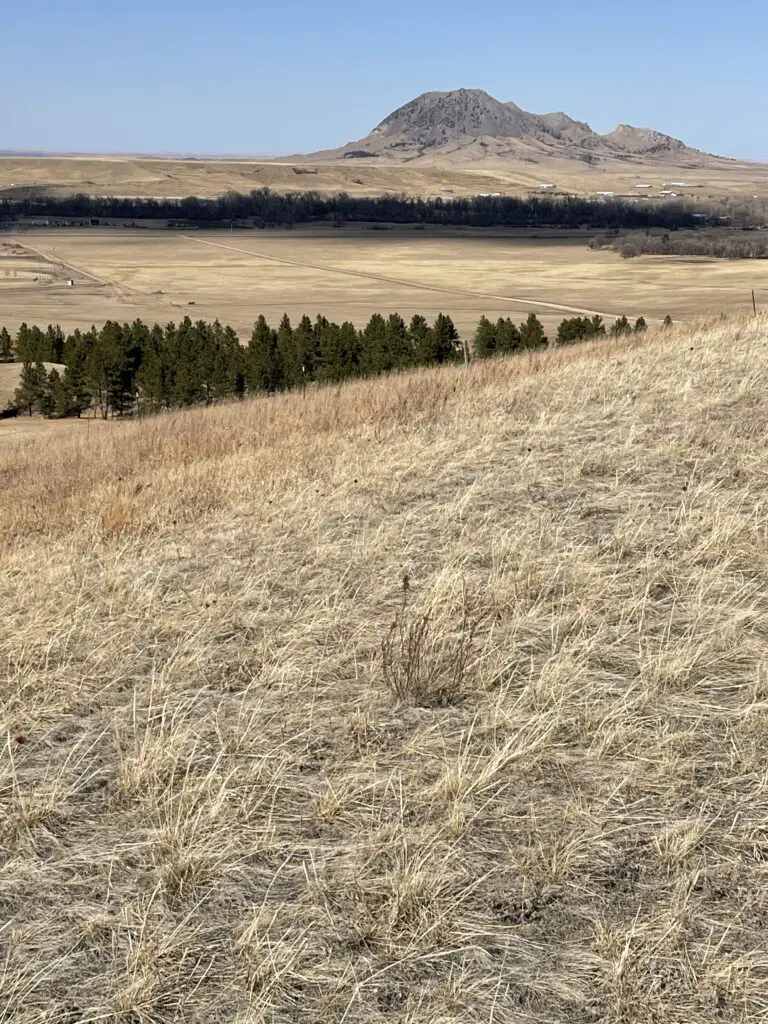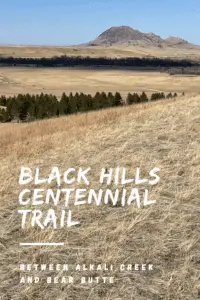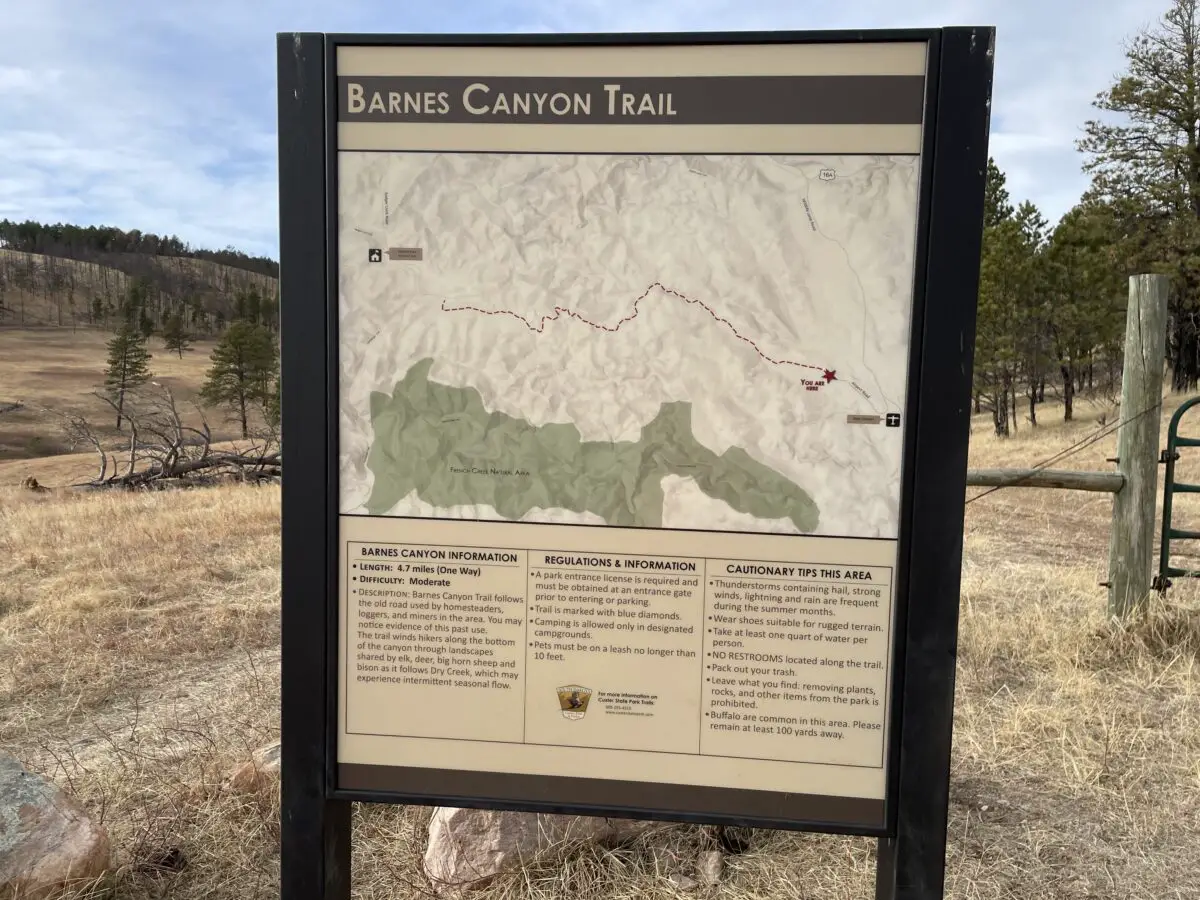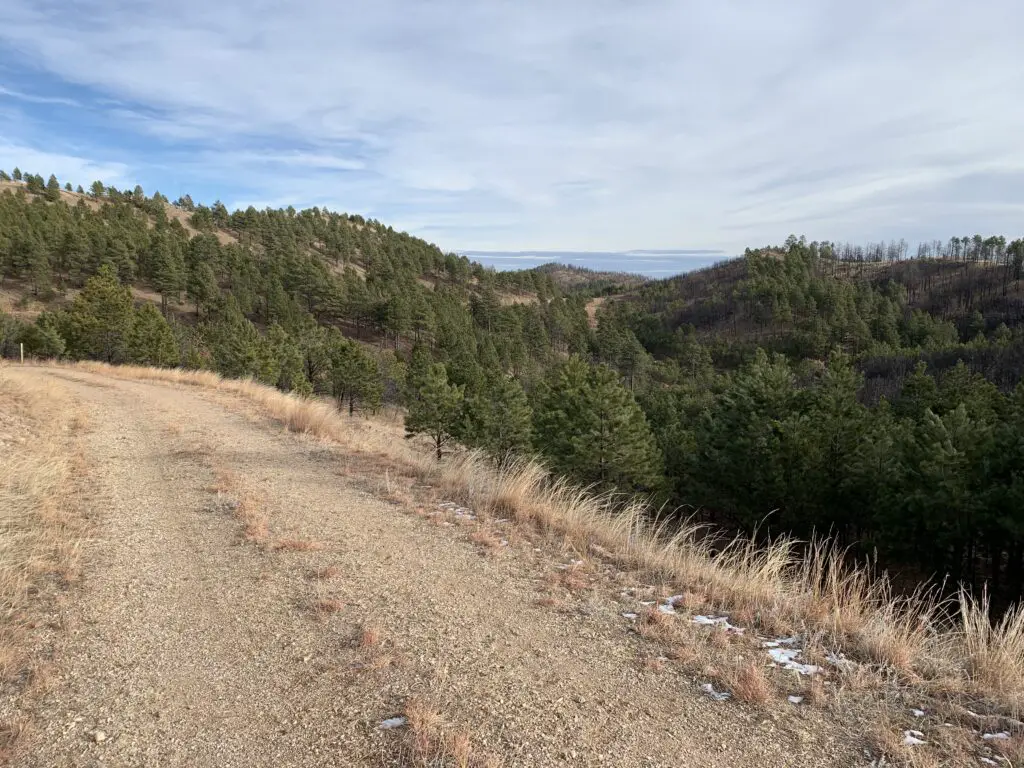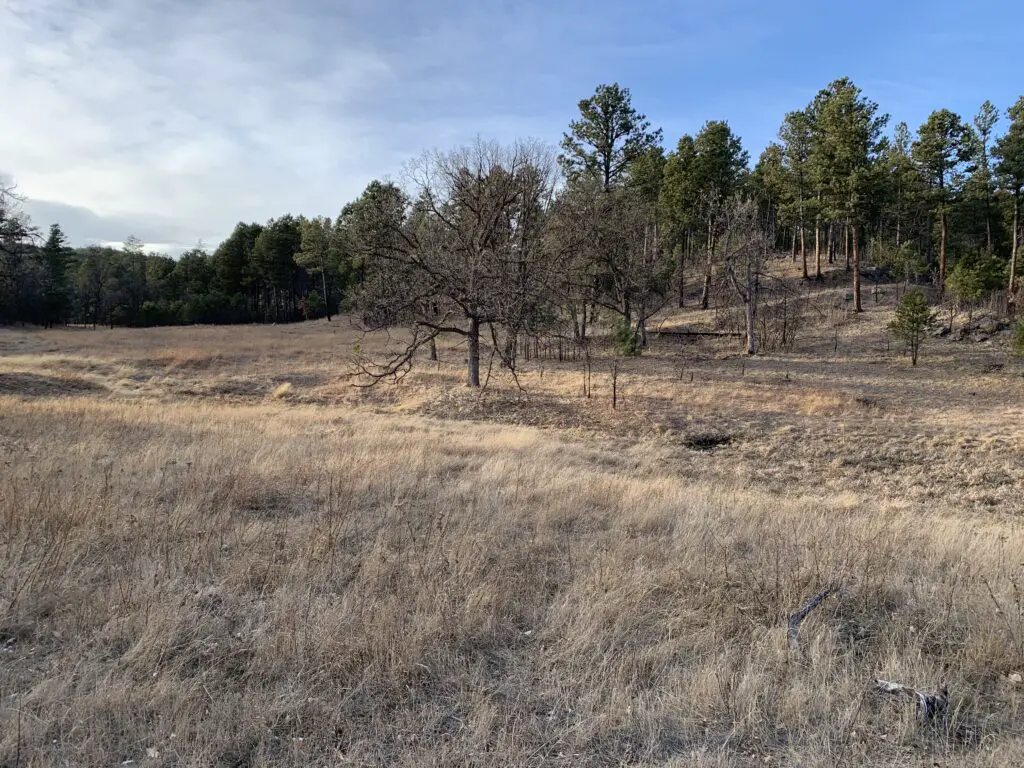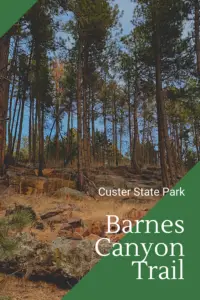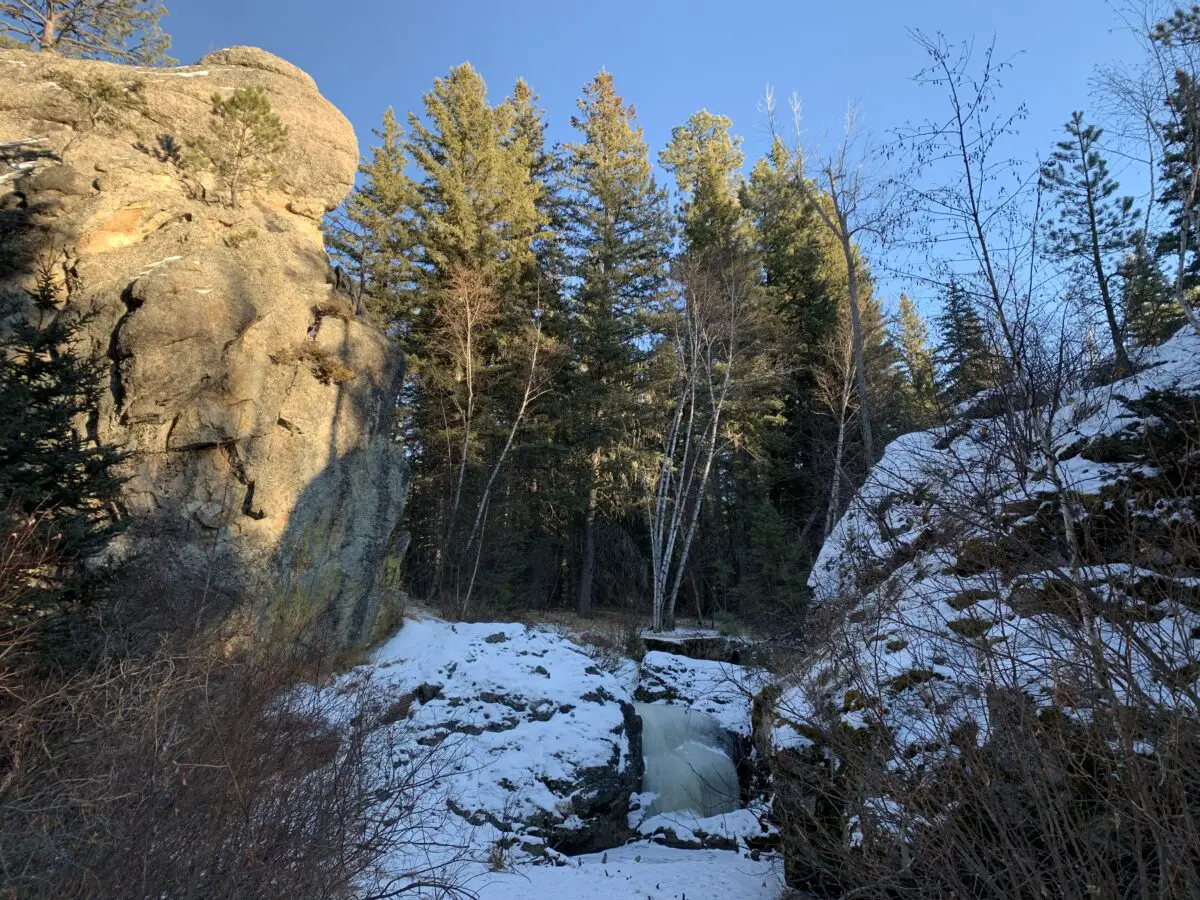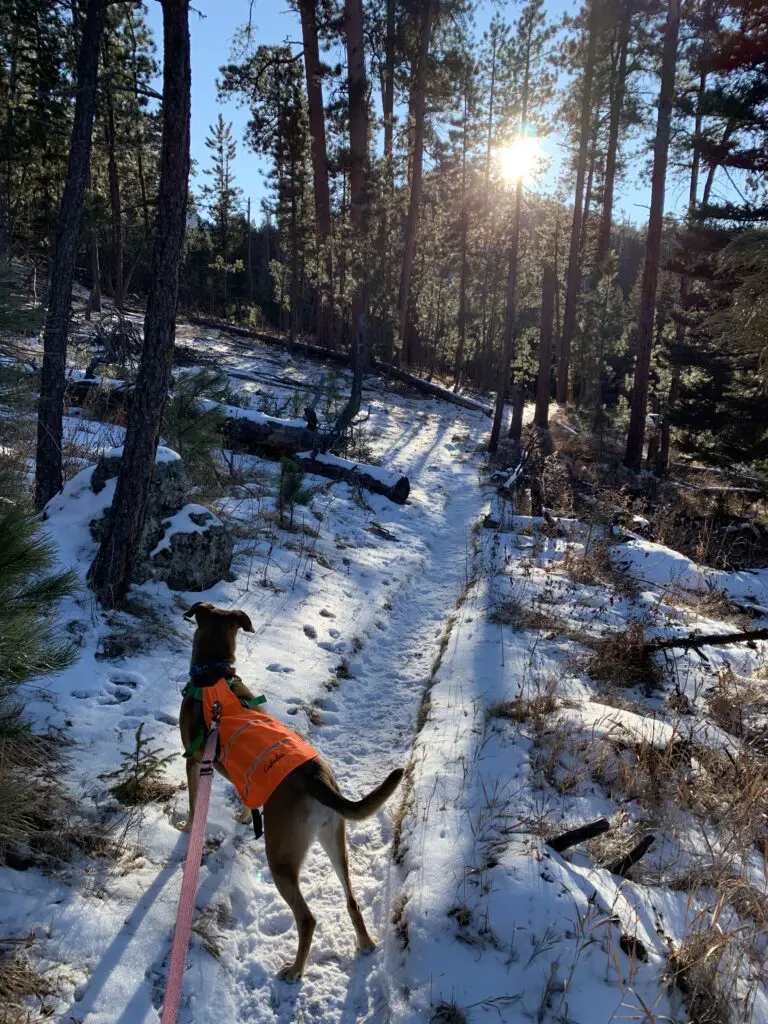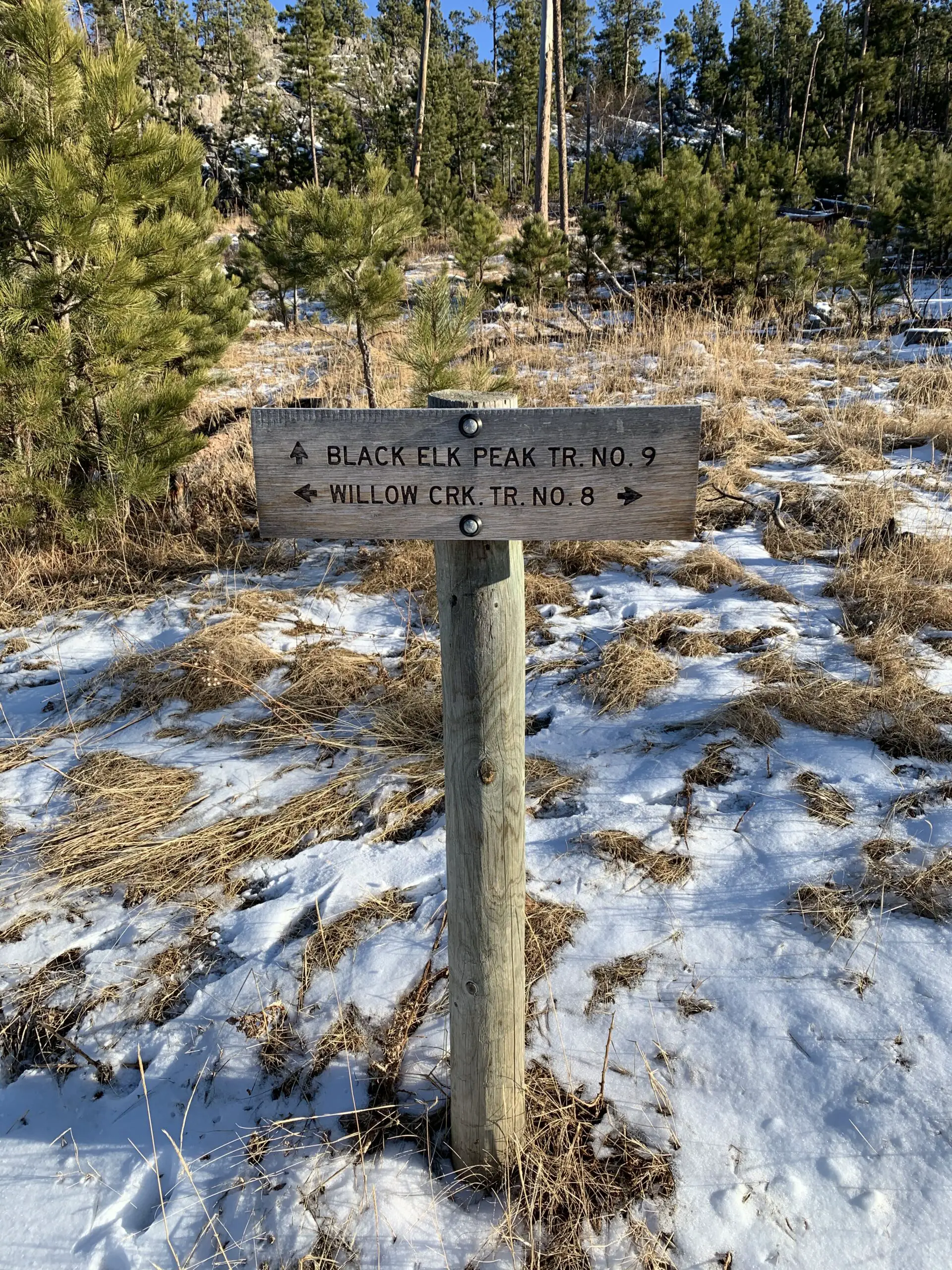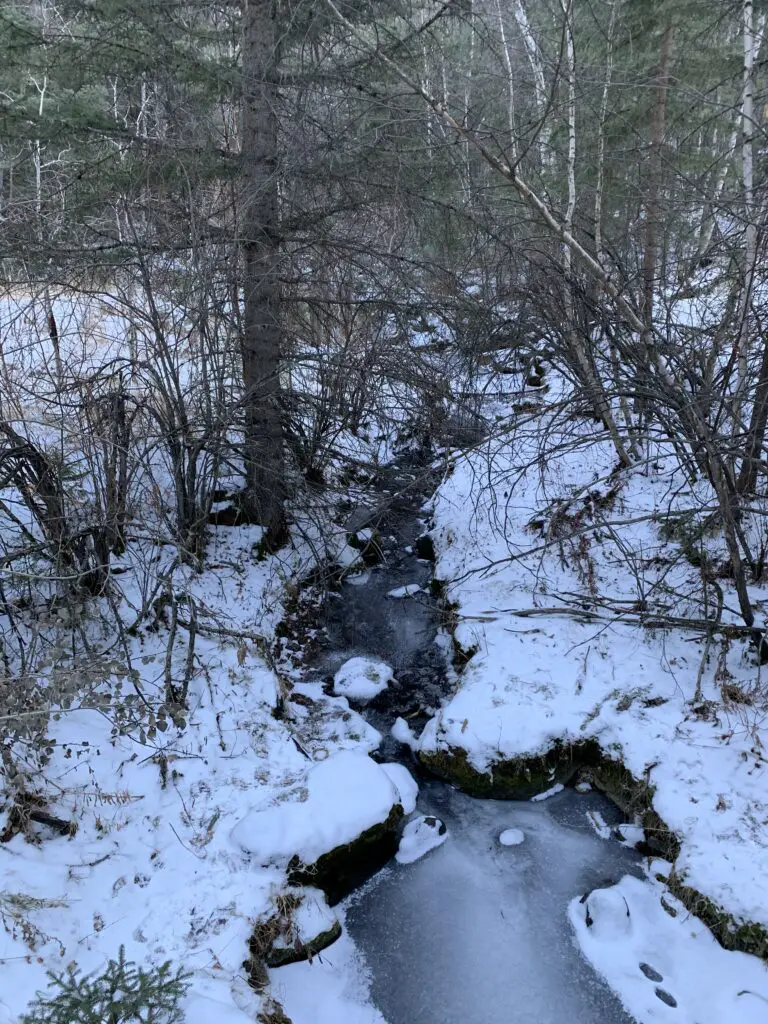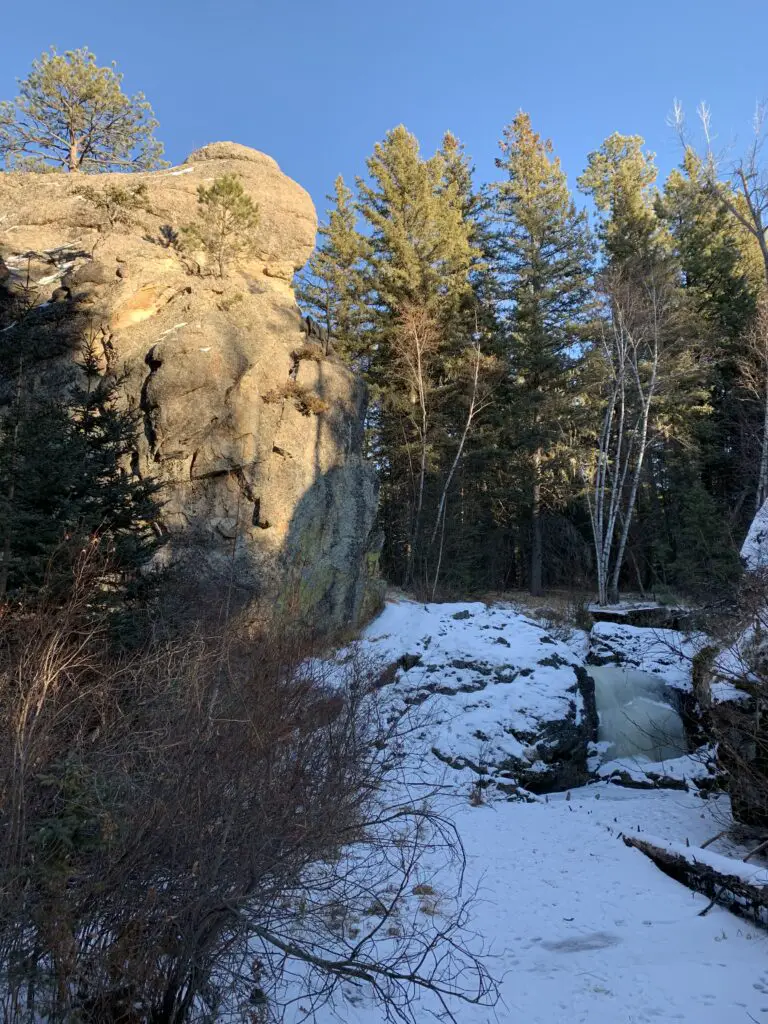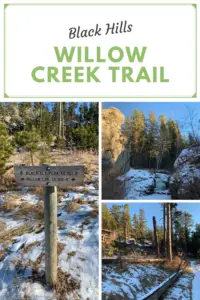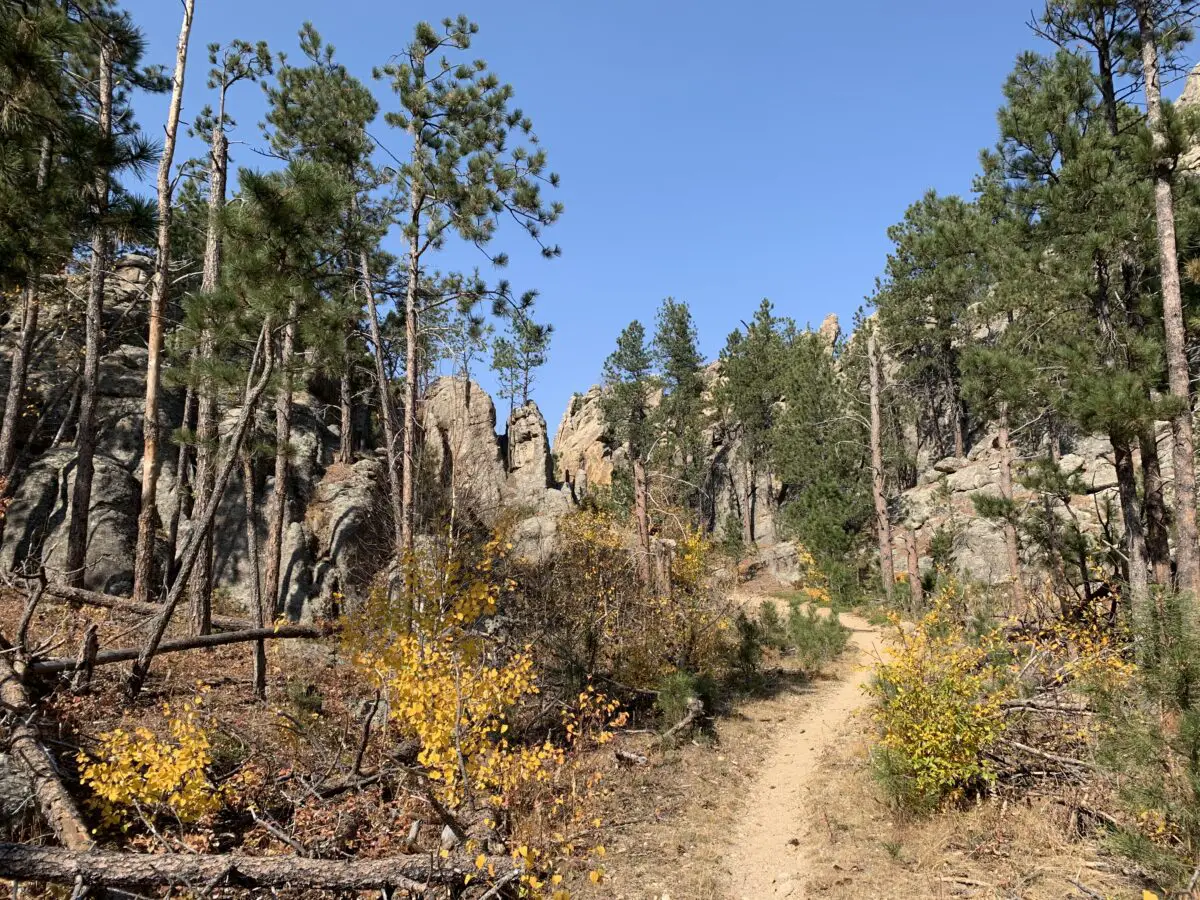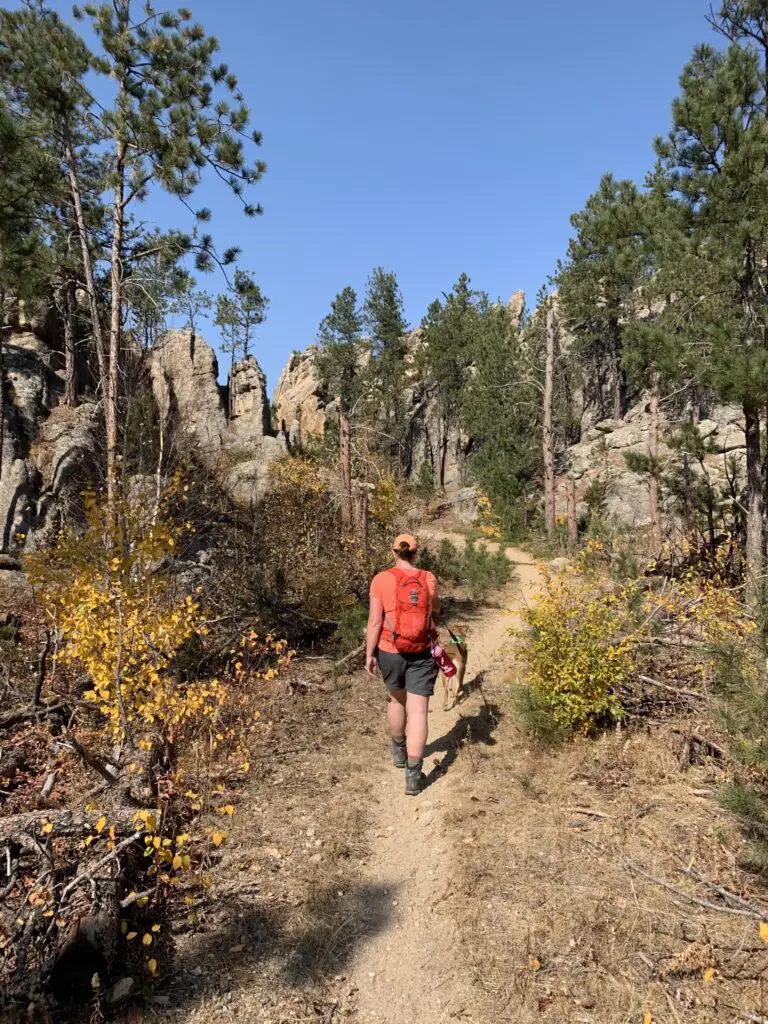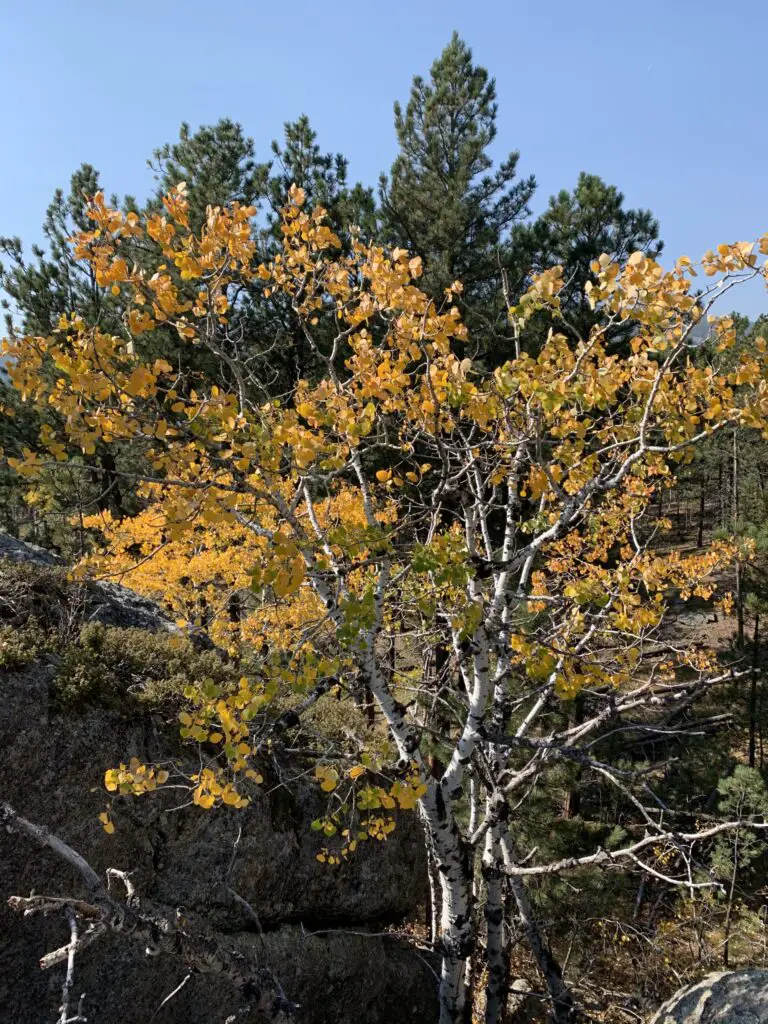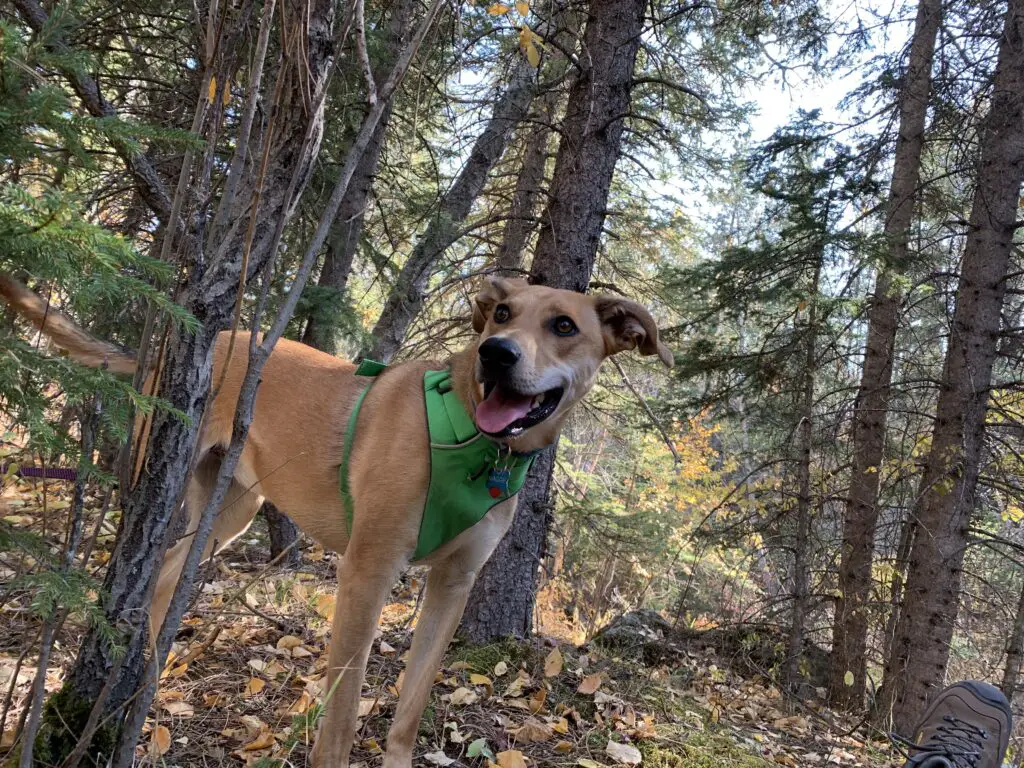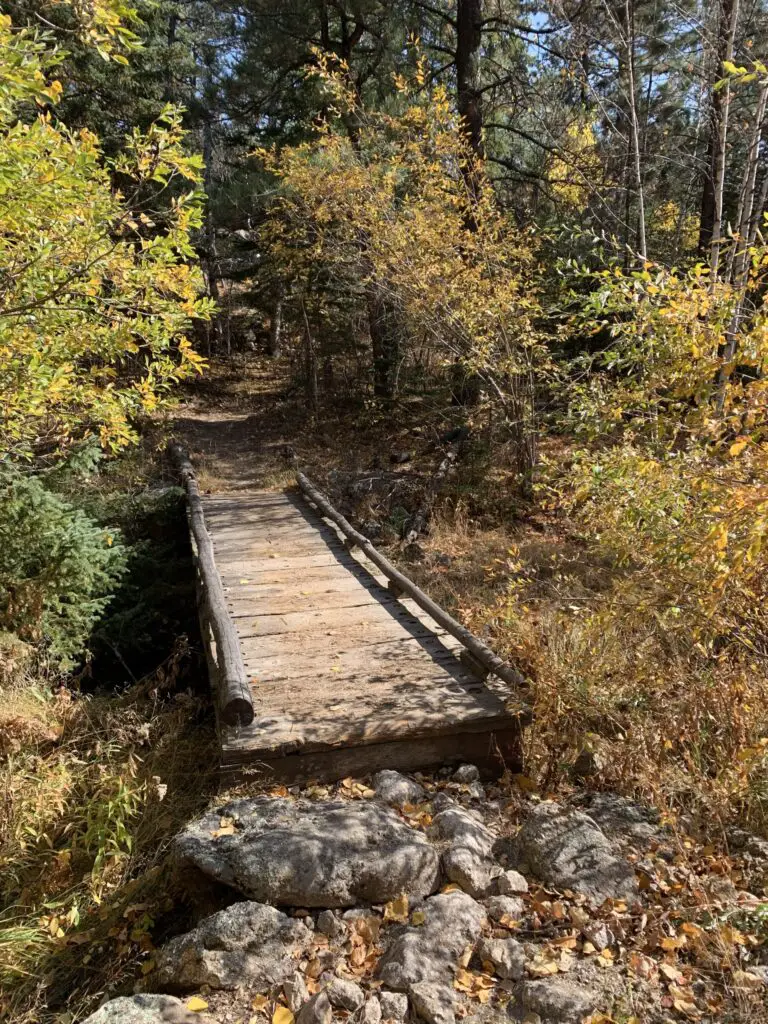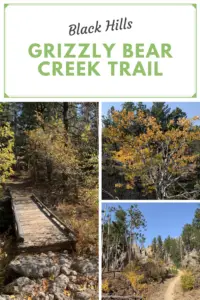In the spring of 2020, the world ended (metaphorically speaking)…it still feels surreal…COVID…I feel like it became a punchline…of the worst joke EVER! 😝 So many people lost income and jobs to the Pandemic (I did), and so many lost their livelihoods. So many people had their lives abruptly changed and for some things may never fully return to normal…
We were lucky out here in South Dakota. We never had any real, state-wide mandates (masks or otherwise). Most people were good about wearing masks during the height of the Pandemic. (You still see people wearing them occasionally. I still wear them frequently for work but that’s because I work with people who are very high risk who also live and spend time in community settings.)
I am still awed at how a minuscule event in one corner of the world could shut the entire globe down…
The majority of the US population now has COVID antibodies (whether through vaccines, natural immunity, or both)
They say that as much as 95% of Americans now have COVID antibodies, whether that be from the vaccines, natural immunity, or both. If I NEVER hear the words “herd immunity” again, it will be too soon! 😤 *sigh*
Mr. Trekker and I have both 😝
Mr. Trekker and I stayed healthy for a long time! We both received our 3rd round of COVID shots in late 2021…and then we both got COVID (probably Omicron) in early January 2022.
I got it from him, we have no idea how he got it. 😝
We didn’t have it too bad, it mostly felt like a bad sinus infection/cold. Interestingly enough, between the two of us, we were more worried about me getting it because I have mild asthma. As it turned out, I hardly had a cough at all, while Mr. Trekker ended up with a mild cough for several weeks afterward…this virus is weird!
I also ended up with mild pinkeye as a side effect of my first round with COVID (apparently that isn’t too unusual with viruses.) Since then, my eyes have become INCREDIBLY sensitive. They’ve always been that way but now, if they get dry from dust or wind, or if I am near any food that could be considered even the teeniest bit spicey, my eyes will begin to burn and water horribly (like to the point where I can’t see out of them. 😝) This is especially true in my right eye which is also the one that had the worse pink eye symptoms.
Then in June 2022, we both got it again…
This time, I’m pretty sure I got it from a client (even though we were sitting outside and she wasn’t symptomatic at the time.)
I then proceeded to pass it on to Mr. Trekker and MommaTrekker. 😔
We were really worried about her as she’s over 70 and has several pre-existing conditions. She had just had a booster a few weeks before though and honestly faired better than either of us!
This time it didn’t last as long and the symptoms weren’t as severe. Unfortunately, we both ended up with a cough that lasted WEEKS and more lasting Long COVID symptoms from this round–mostly brain fog and memory issues.
Again…*sigh*
I HATE this virus! 😡
Mindfulness in the Midst of a Worldwide Pandemic
I try and keep a somewhat positive outlook on the whole experience by being mindful of how the pandemic ACTUALLY played out vs. how the experts feared it might end up.
There were more than one million deaths in the US from COVID-19, and millions more worldwide, and to be clear, EVERY. SINGLE. ONE. of these was awful! However, when the whole mess started the experts were projecting more than two million deaths in the US alone, before the end of 2020, and that was with social distancing protocols being implemented.
I don’t mean to make light of the tragic losses that did occur, but this FAR lower statistic is a pretty amazing feat! It is a testament to the scientists, researchers, medical professionals, and technology we have available to us at this point in history! If this awful virus had come around 100 years ago or more, billions could have died! (Think the Spanish Flu.)
Valid Emotions During Crisis Situations:
We all experience and respond to crises differently but I think it’s important to acknowledge that whatever feelings you had regarding COVID were valid. We should be mindful of how we express them but don’t run from these emotions (be they positive or negative). Accept them and acknowledge they exist (because they will whether you fight them or not). We must allow ourselves to feel whatever it is we need to. Below are some emotions I experienced throughout COVID:
Anger About the Pandemic:
—Hoarding: Many people seemed to think only of themselves and didn’t save enough products for others (some who were seniors or the immune-compromised who really shouldn’t have been going out). If you aren’t the Duggars, or you aren’t buying toilet paper for multiple families, you don’t need to hoard! 😡
On the other hand, we were told not to hoard, but then the CDC and other emergency preparedness groups came out and said to have up to a month’s supply of food on hand…what were we supposed to do with those two bits of contradictory information? 🤷
Leave people alone!: I never understood many peoples’ desires to comment on the choices of others. I’ve said before on several occasions that I lean Libertarian so I’m pretty big on people being left alone to make their own choices. However, I do understand in crisis situations when at least local governments may need to implement certain restrictions in the interest of Public Health.
More so than that though, I don’t understand peoples’ need to criticize others for wearing a mask or being careful when the general public is no longer being forced to. You have no idea what a person’s situation is. Just because they wear a mask doesn’t necessarily mean they’re “living in fear” (and if they are, so what, how does that affect you?) They may be immunocompromised (or be caring/living with someone who is.)
There was a point, several years into the pandemic, where I was preparing for–and recovering from–MAJOR abdominal surgery that required a multi-day hospital stay. I wore masks for WEEKS in public around that time. It wasn’t that I was “scared” per se, but I did NOT want to get sick with ANYTHING! It could have led to my surgery being delayed, my getting horrifically ill, or serious complications after surgery due to violent coughing/sneezing/vomiting.
So, why not just leave people alone to do what they feel is best for them? (And you can do the same for yourself?)
—The Media: I often felt a sense of rage at the news media. I’ve distrusted them in the past but after COVID I’ve become completely jaded–regarding the virus and most other news-worthy issues. They seemed to mislead at every turn if it could cause controversy. (I probably shouldn’t be surprised anymore but I still am at points.)
I’d read a clickbait headline that makes one claim and then goes on to almost disprove itself if you read the actual text of the article, or watch the entirety of the video clip they referenced in the article. They weren’t openly lying, because there was a semblance of truth in what they said, but their claim was so far from the truth that it may as well have been a lie with the message they were proclaiming to the masses (and for the record, I don’t care which news source is your favorite, I’ve seen ALL of them do this.)
They seemed to take pleasure in reporting bad news and stirring people up. They didn’t take the time to fully research information, that would apparently have taken too long. 🙄 It seemed to be more important that they were “the first” to break a story. The really shameful thing was, that I don’t believe they cared. They just went happily along reporting bad news every chance they got because it may have helped a reporter’s career or a certain company’s reputation.
Depression and Anxiety over COVID:
Anyone who reads this blog regularly knows I already struggle with anxiety (which obviously, COVID caused for many of us.) One symptom of anxiety is catastrophizing. This means your mind automatically jumps to worrying about the worst-case scenario and that was SO EASY to do during COVID.
I believe I’m technically an optimist at heart. I try to focus on the positive (although I worry about the worst-case scenario, of course, especially with my anxiety). But it just felt like, during the Pandemic, that so many only wanted to focus on the worst thing that could happen and they wanted to scream that to the world. Why? Why do we seem to focus on things that make ourselves and others miserable?
We need to rely on Logic, not Emotion during these difficult situations! I believe we have to be calm and logical when dealing with times like these. I don’t mean to sound snarky, but why can’t people stay rational when things get difficult without immediately jumping to APOCOLYPSE?! It feels like they’re pouring salt into an already raw, gaping wound…
COVID may be with us for a while…
The COVID pandemic isn’t over yet, unfortunately. I’m starting to think it will NEVER be “fully” over, at least not for the next few decades. I hold out hope that we’ll be able to remain living relatively normal lives, but now I fear that regular vaccines (and perhaps even regular–hopefully mild–infections) are going to remain a part of “normal” life. 😕
At one time I was hopeful that we were on our way out of this mess. Now that I’ve done everything right (at least regarding getting my vaccines) and we STILL got COVID (TWICE!)–AND we’ve got Long-COVID symptoms I’m more skeptical…
I believe in science. I believe it’s very possible the reason neither of the Trekkers got all that sick from this potentially deadly disease was due to our vaccines. I also believe the reason none of our parents have gotten very ill from COVID is due to vaccines. And I am VERY thankful for these!
But when we got sick 1 MONTH after getting our boosters I just felt…DONE. I think, at that moment, I just gave up. It’s here, it isn’t going away, and we have to learn to live with it….THE END. 😪
I understand the vaccines probably worked as intended and those in our families who have had COVID while vaccinated came through relatively unscathed. But we still got it, and I’m assuming if another variant (maybe one not related to Omicron) develops, we will likely be at risk of at least mild disease from that. So, this is our “new normal”.
We will probably have at least annual vaccines with the threat of at least occasional, mild illness always looming…possibly for the rest of our lives…it sucks but I just feel like that’s what we have to adjust to and accept for the foreseeable future. *sigh*–again!
Searching for Hope and Encouragement in Crisis Situations
I have to end this post on a good note, right?
I can’t help it. Even with my learned helplessness after years of being beaten down by COVID, I still feel a glimmer of hope.
COVID was a unique time in our lives. Many of us have never experienced something like this before. As a (very OLD) Millenial, the only country-wide crisis I’ve really had to deal with was the September 11th terrorist attacks.
I grew up hearing stories about my grandparents’ generation dealing with World War II, the rationing of meat, the transitioning of factories to make equipment for the military, and the various drives people engaged in at home for the “war effort”. I always wondered what it would be like to be able to do something like that to help your country. Now I know…
Through all this, I’ve been reminded that there is a lot of good in the world, and times like these are when it really shows.
A lot of good things DID happen! Vaccines were produced in an unheard-of, record time. So many people bound together to help each other get through this crisis, from wearing masks and social distancing in public to those who volunteered their time to make masks for local schools and hospitals. Others ran errands for people who felt they couldn’t go out. Some small businesses transitioned to help their local communities (like distilleries that stopped producing alcohol and started producing hand sanitizer instead.)
I think a lot of the world’s goodness was shown throughout COVID. I know I’ve learned a lot, both about myself and also about the reality of country-wide/worldwide crises: how they proceed, how people react to them, the good and the bad.
So there are things to be hopeful about regarding COVID!
What did the COVID crisis feel like to you? What POSITIVE things did you see during this time of crisis? Share your experiences in the comments!
Like what you read here today? Please feel free to leave a comment, like or share this post! Add your email at the bottom of the page, or the sidebar to the right, to be notified when a new post is published. By signing up for the email list, you will also receive a free copy of the Tranquil Trekker’s Top 10 Tips of Trekking Do’s and Don’ts!
You can also follow the blog on social media by clicking the links below!
Facebook
Twitter
Instagram
Pinterest
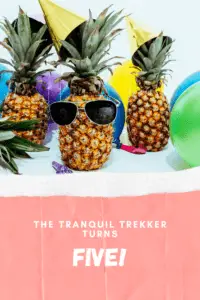

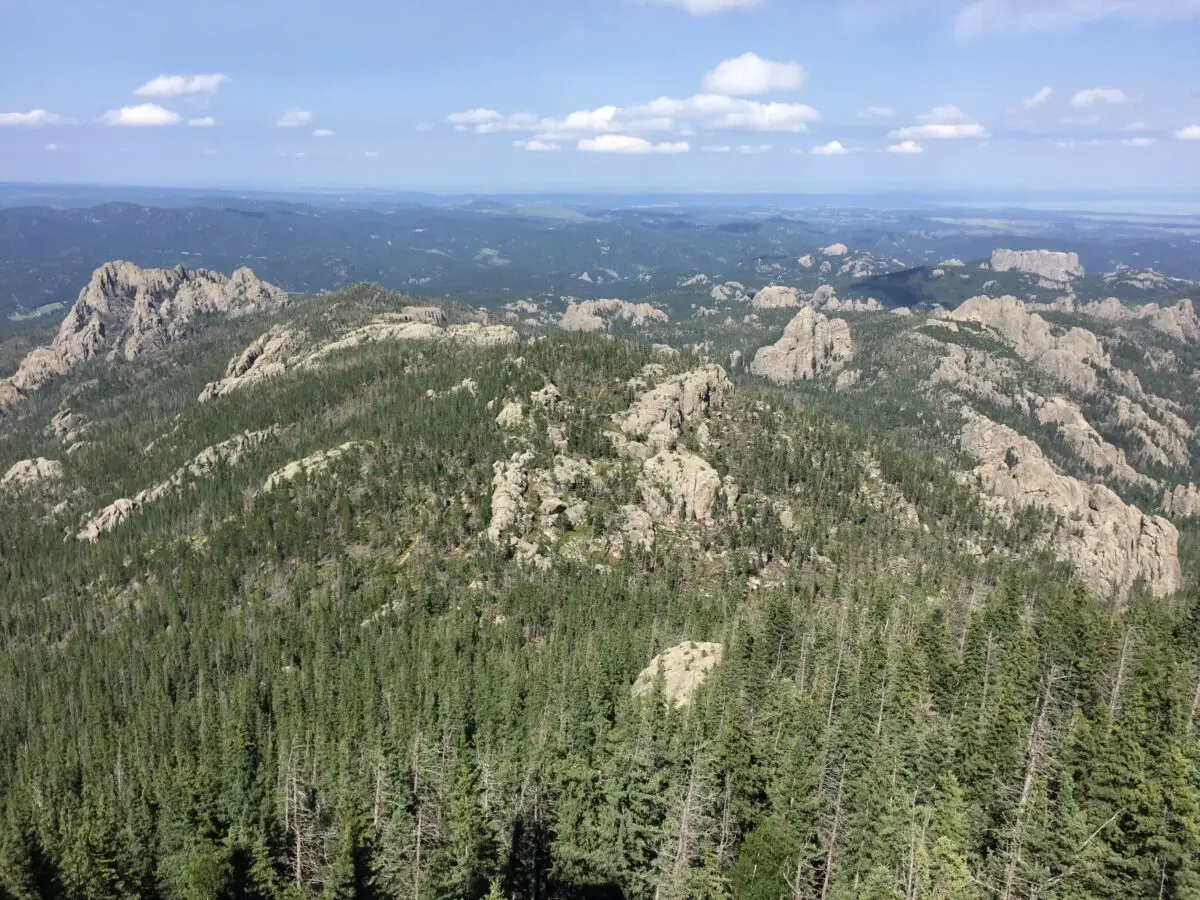
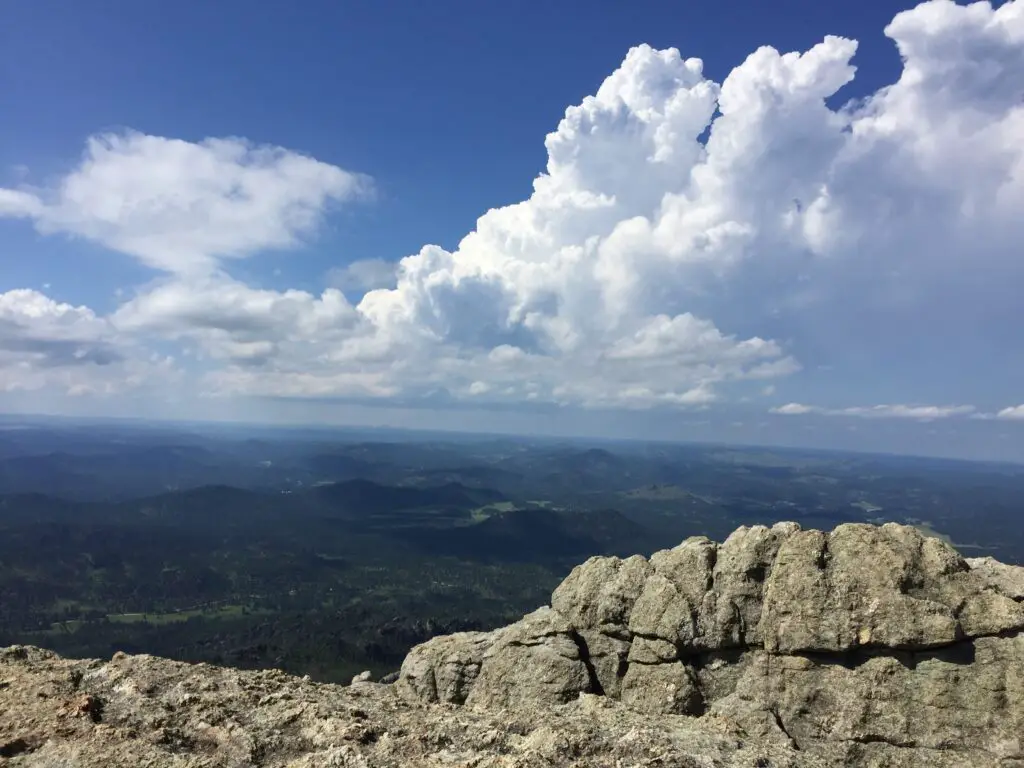
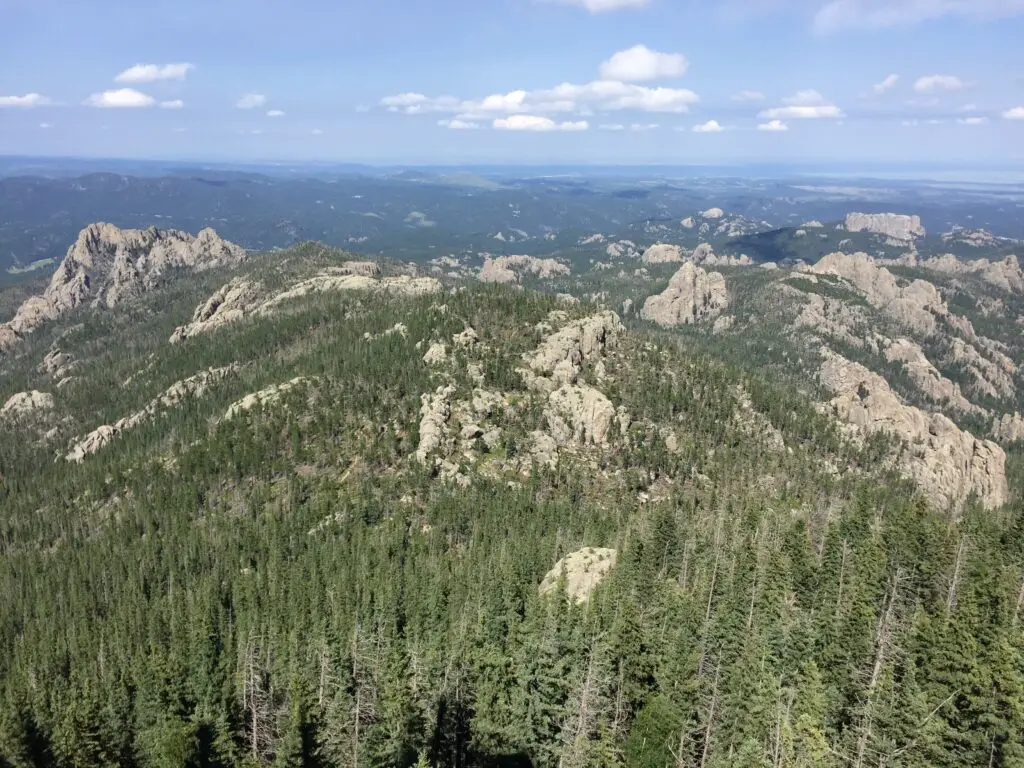
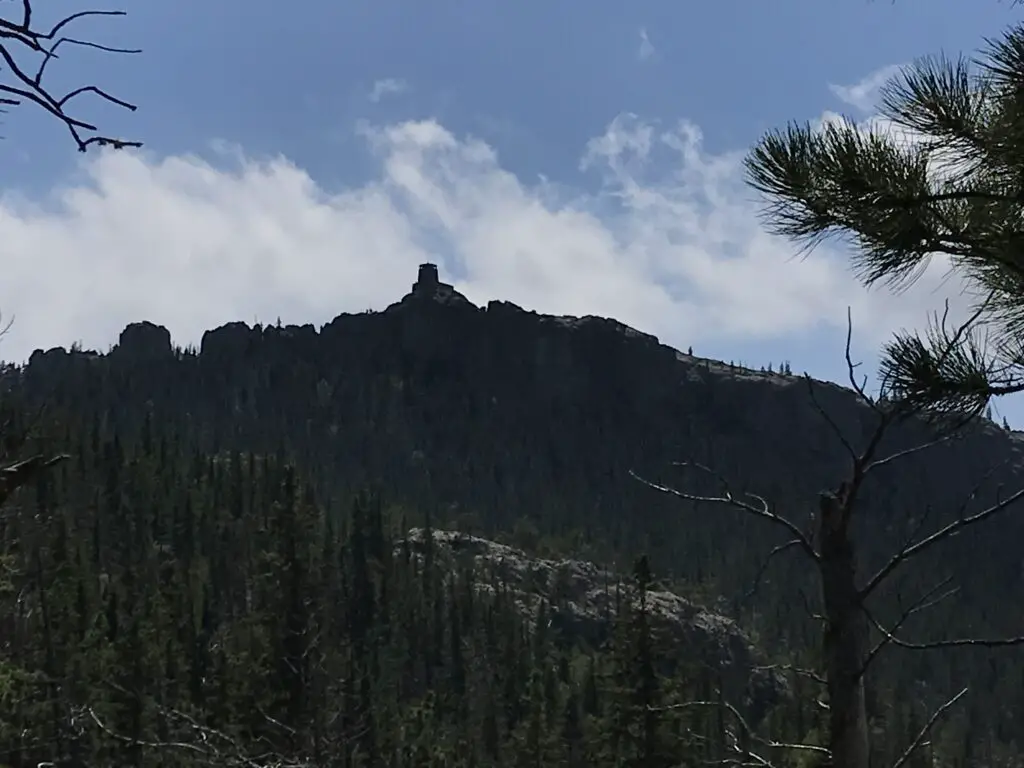
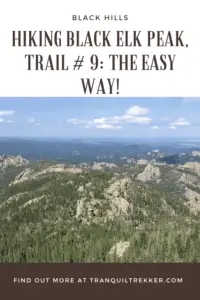
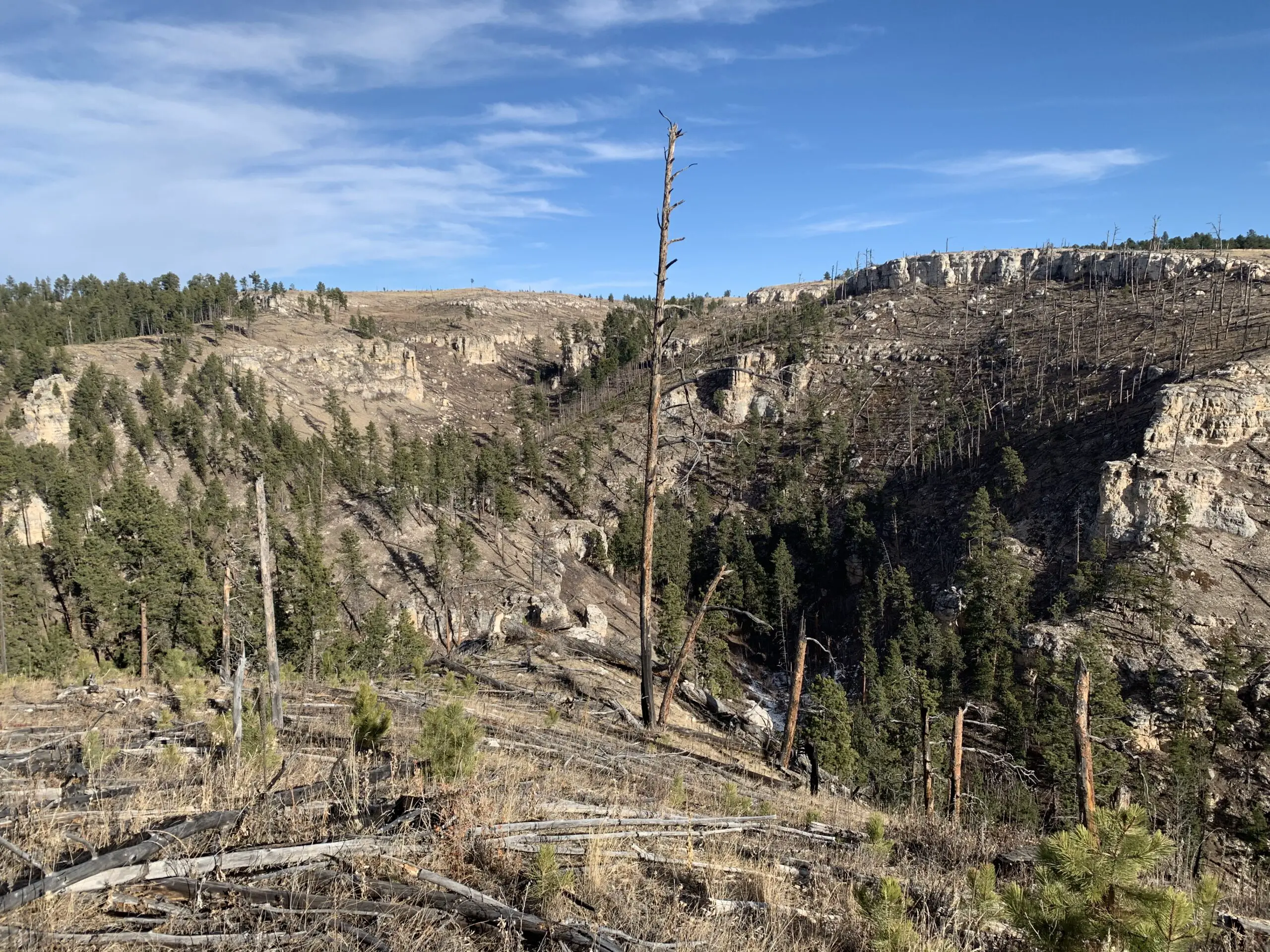
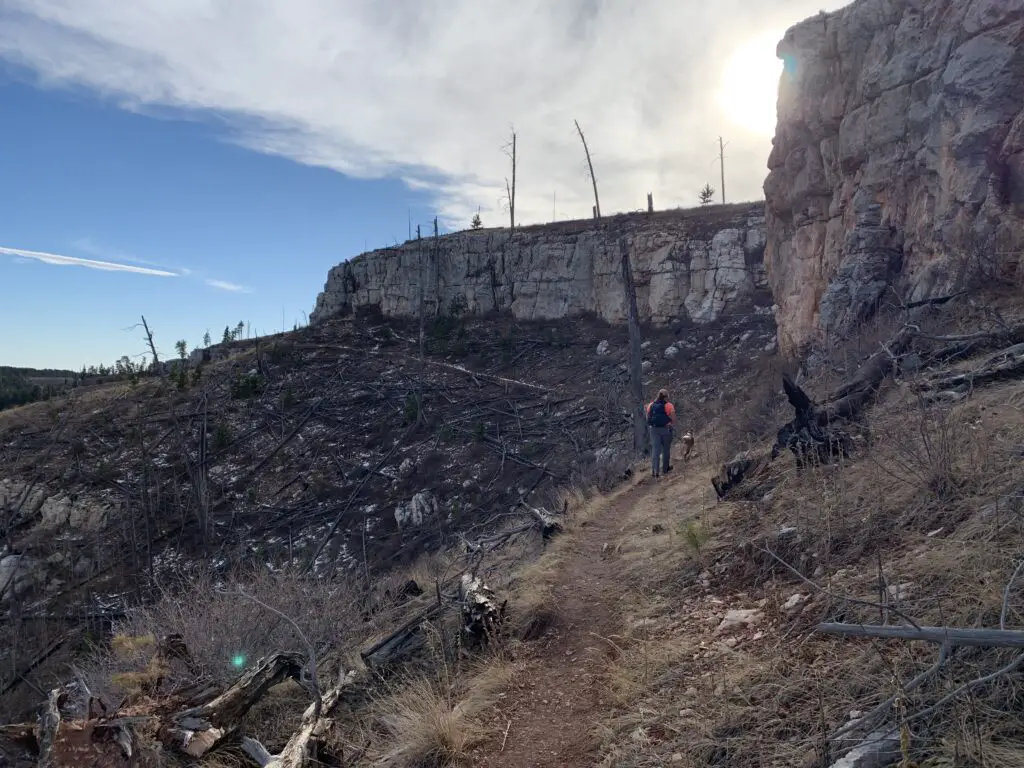
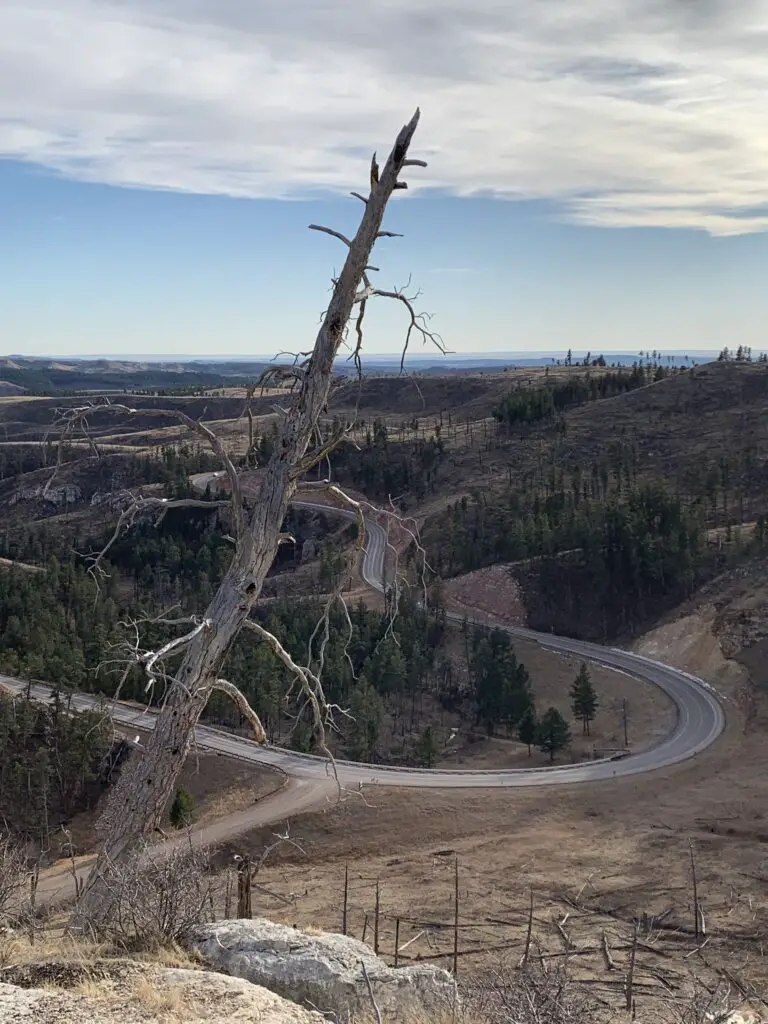
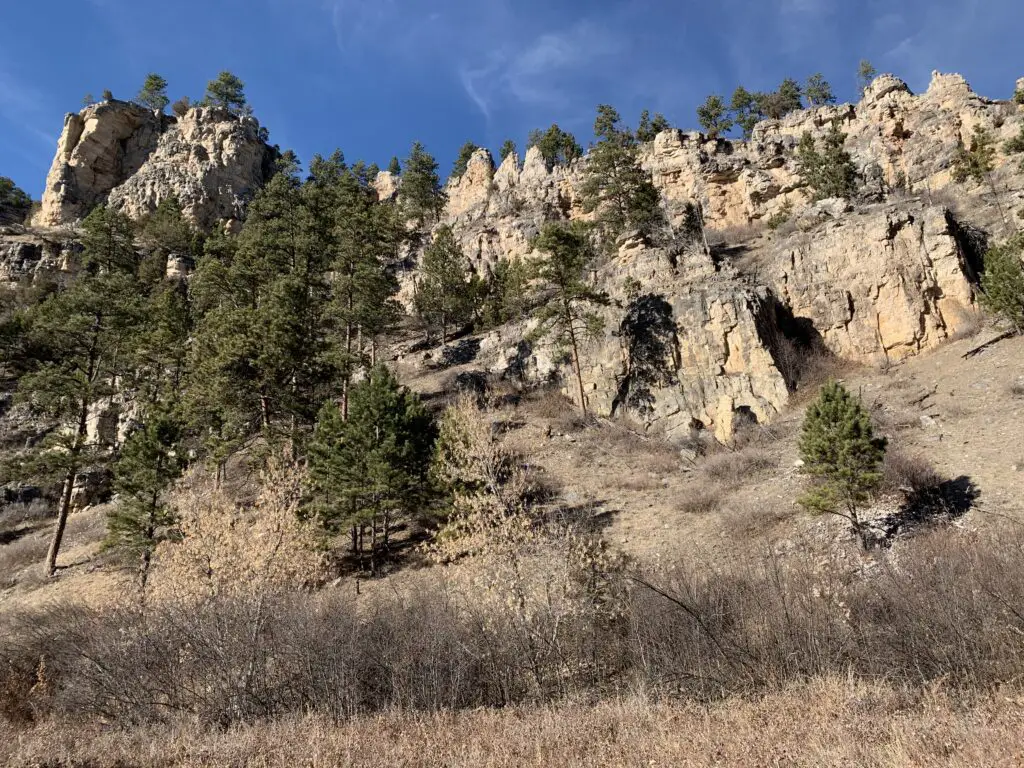
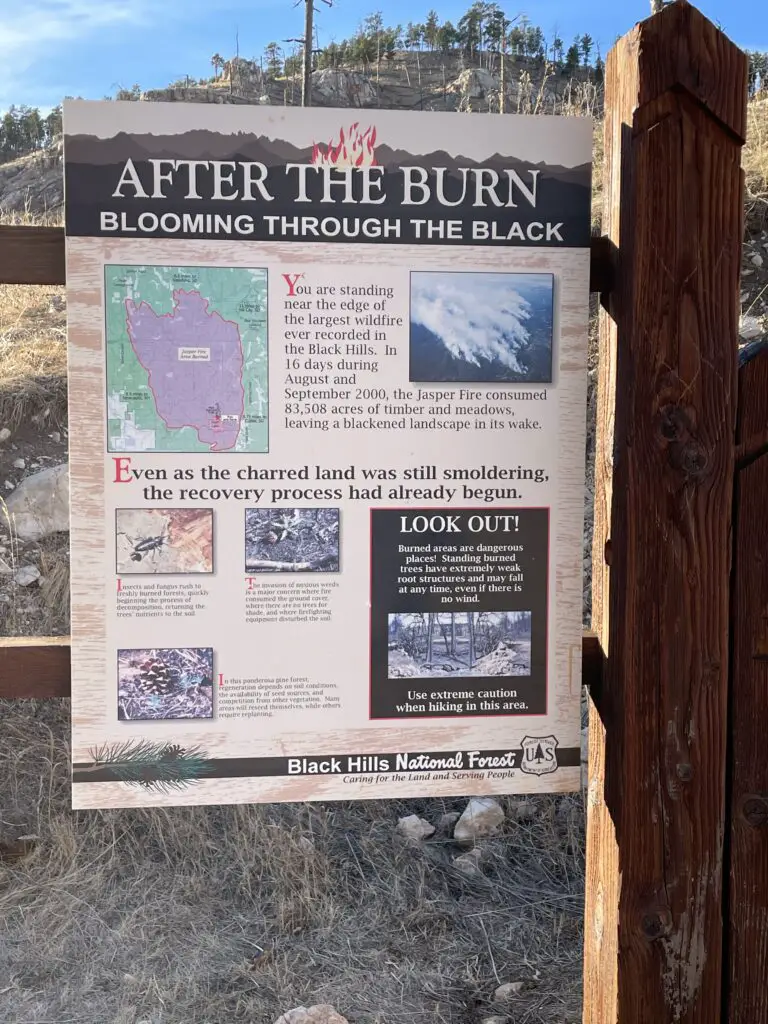
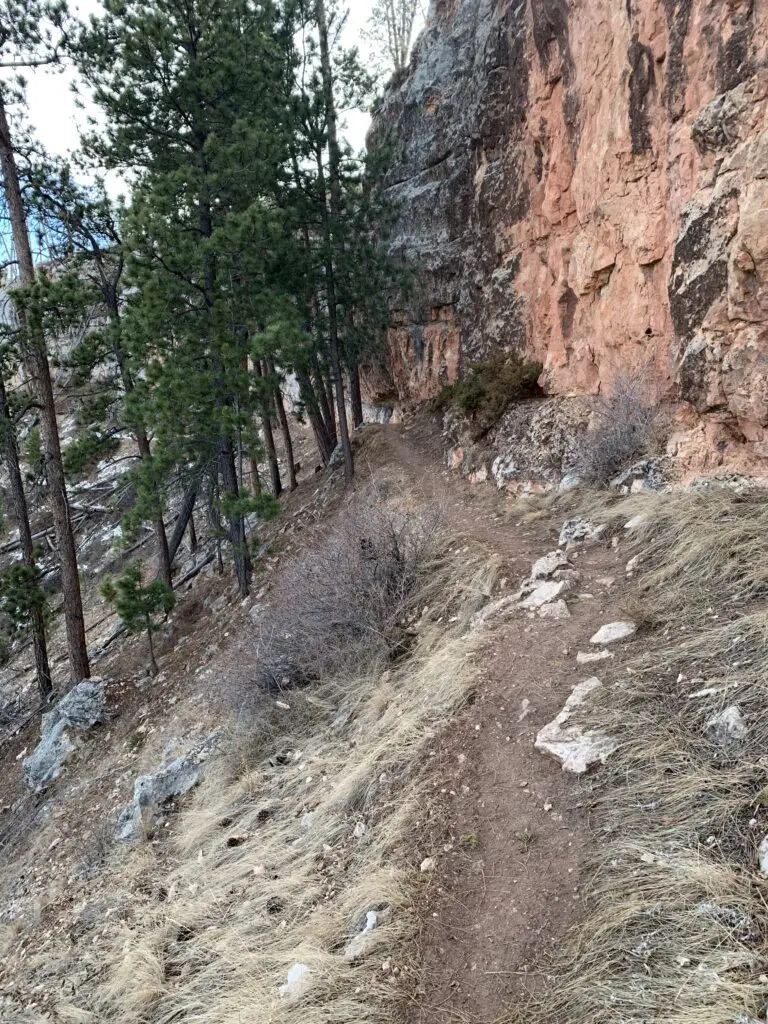
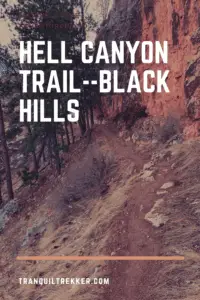
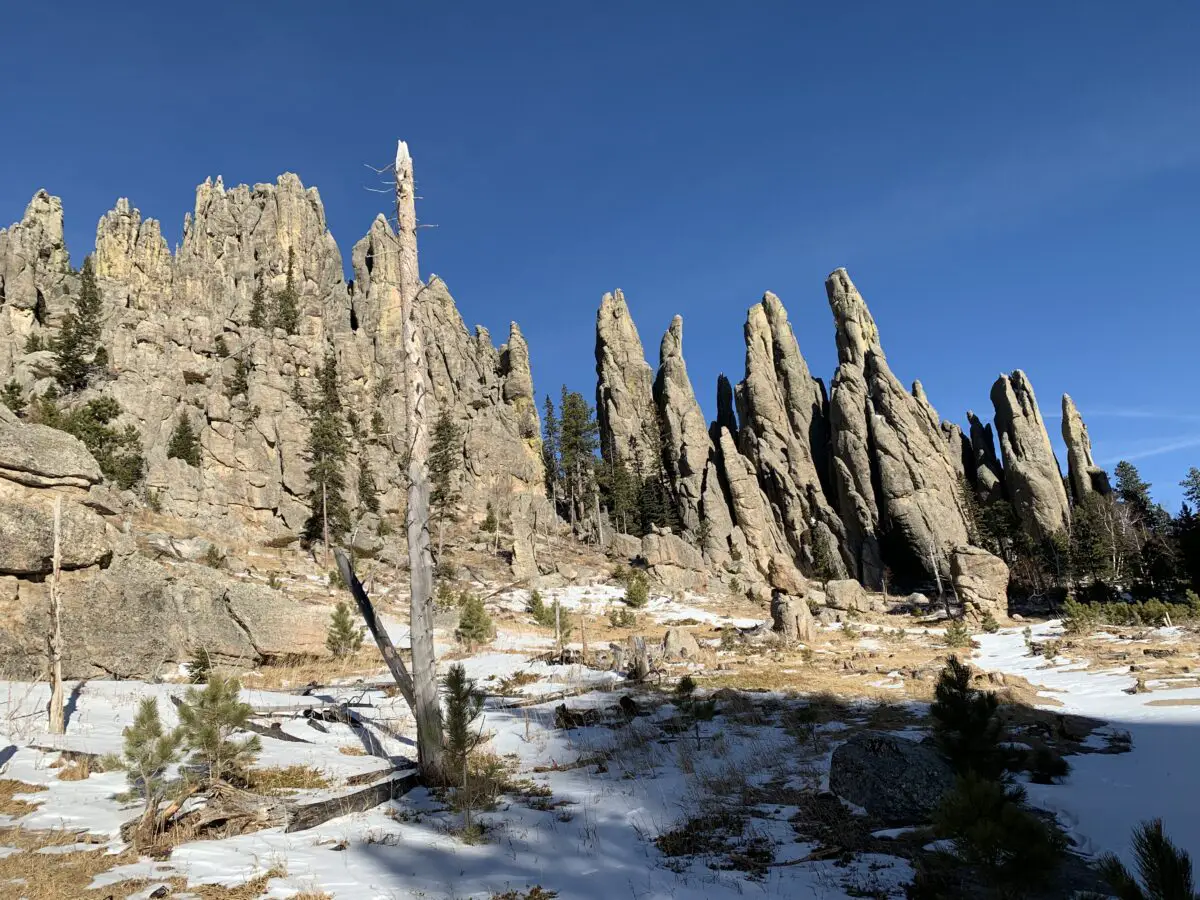
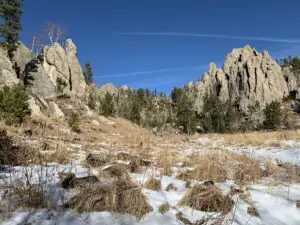 This is found just past the turnoff for Sylvan Lake. (C
This is found just past the turnoff for Sylvan Lake. (C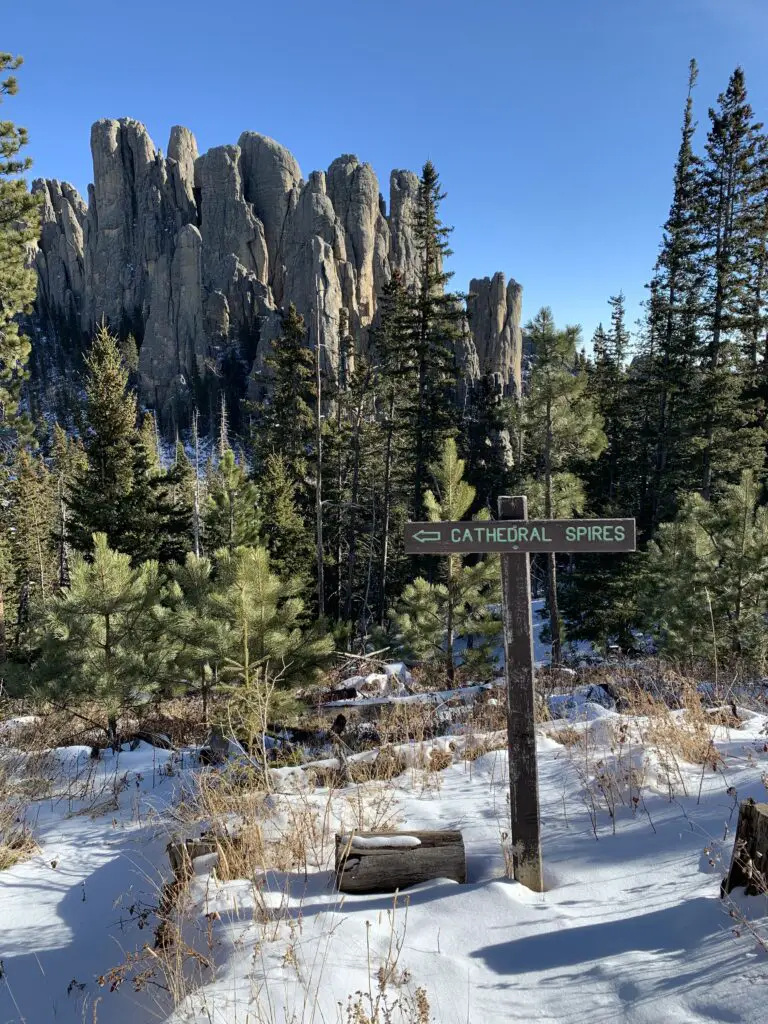
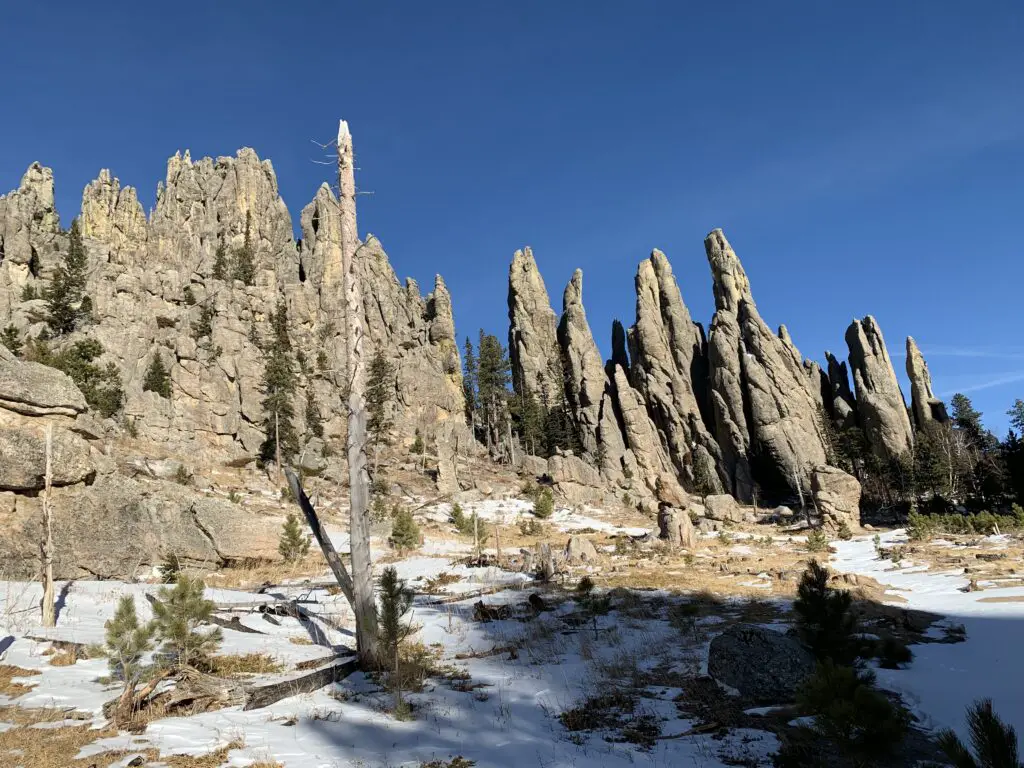
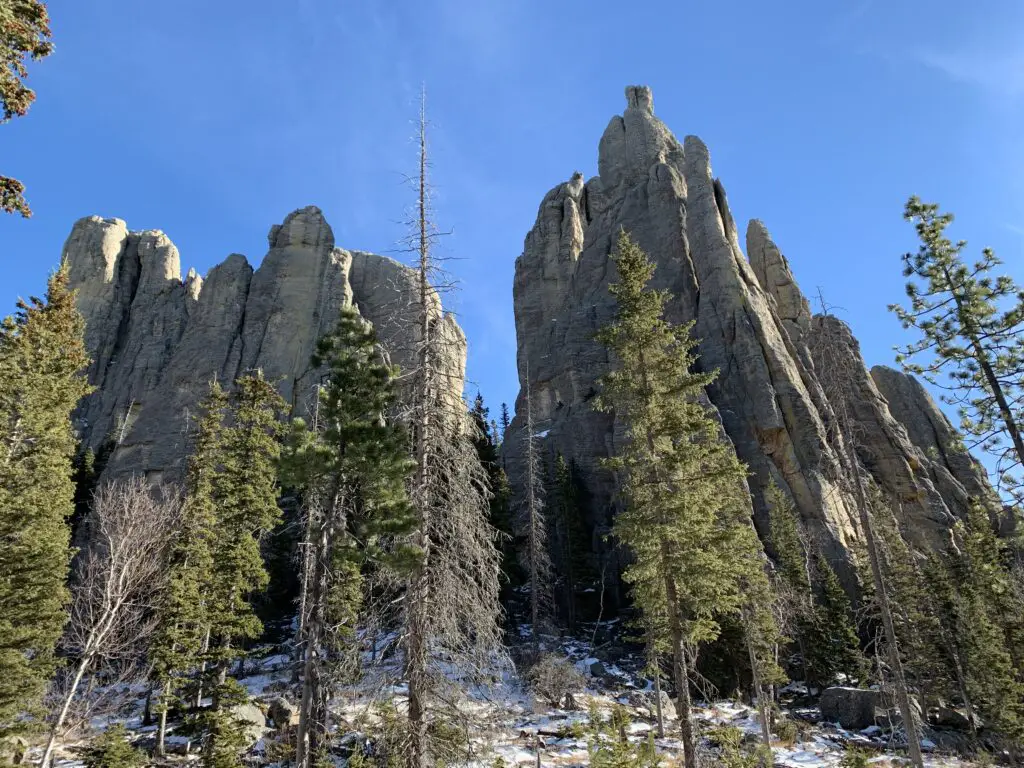
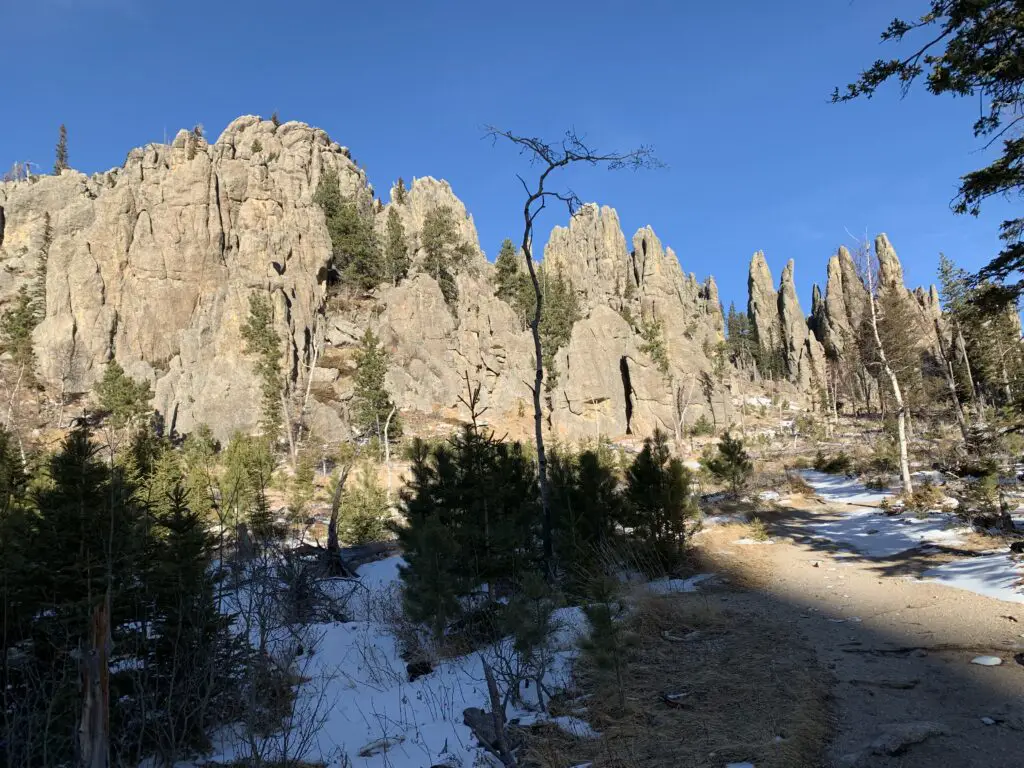 Needles Highway
Needles Highway